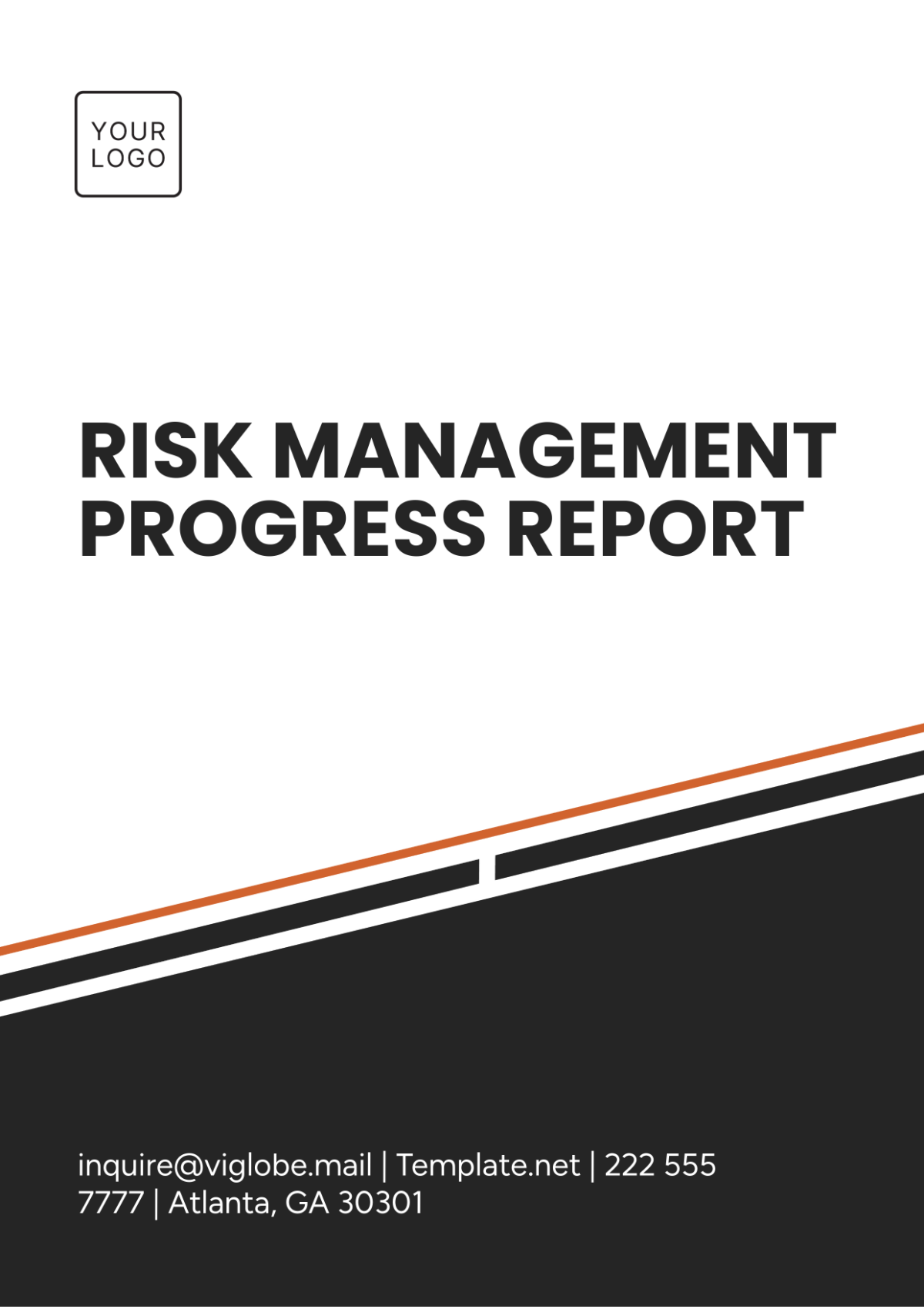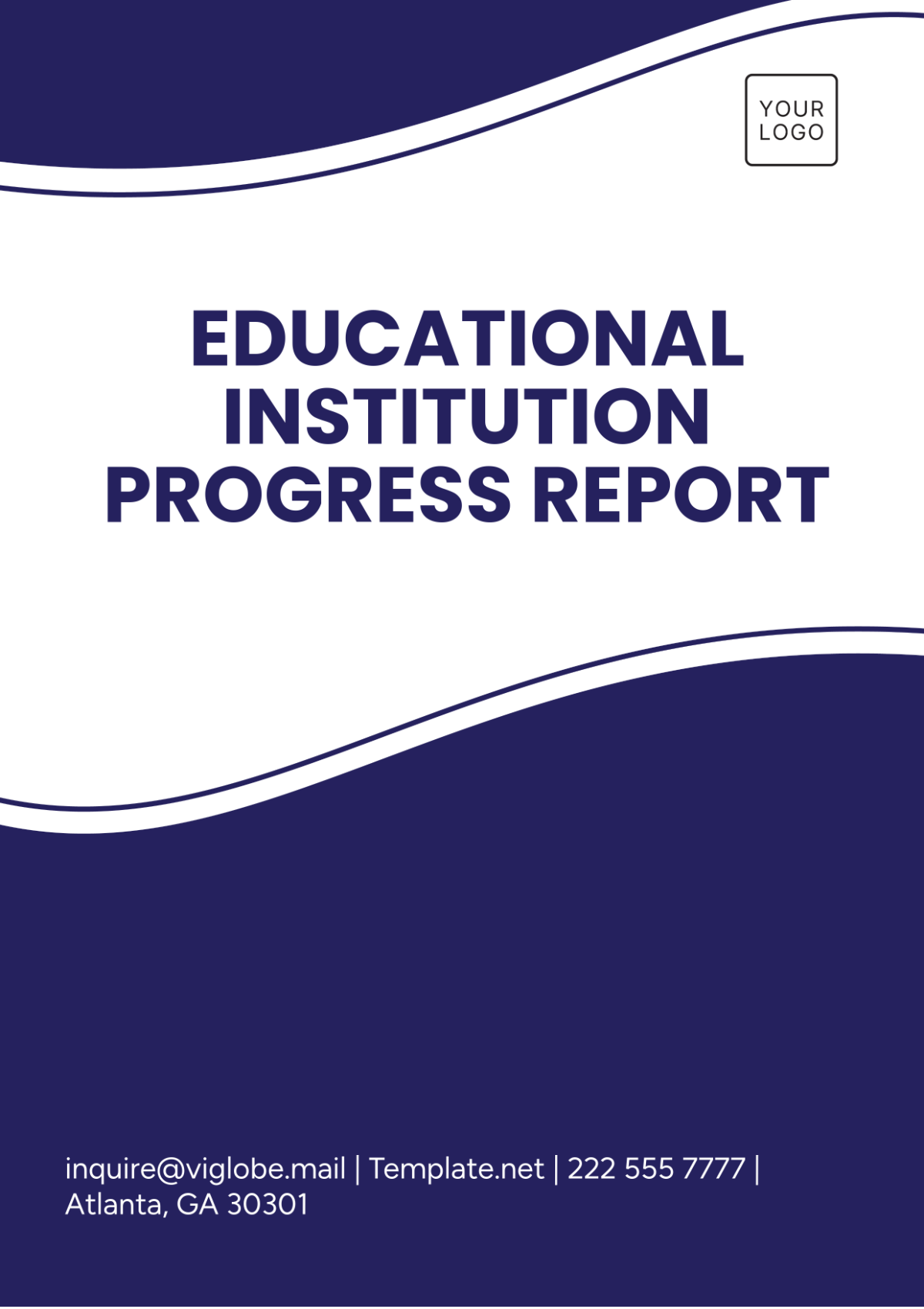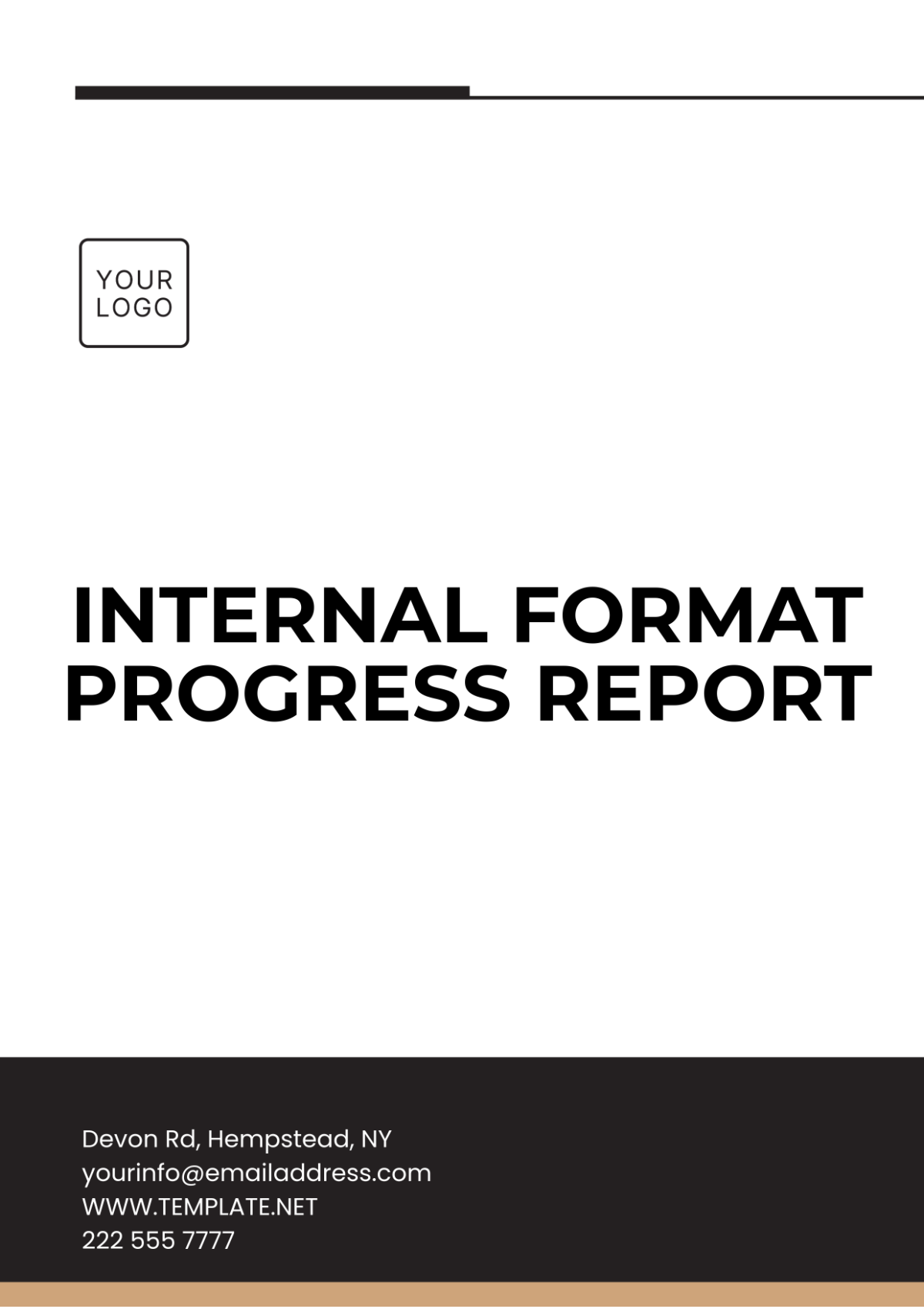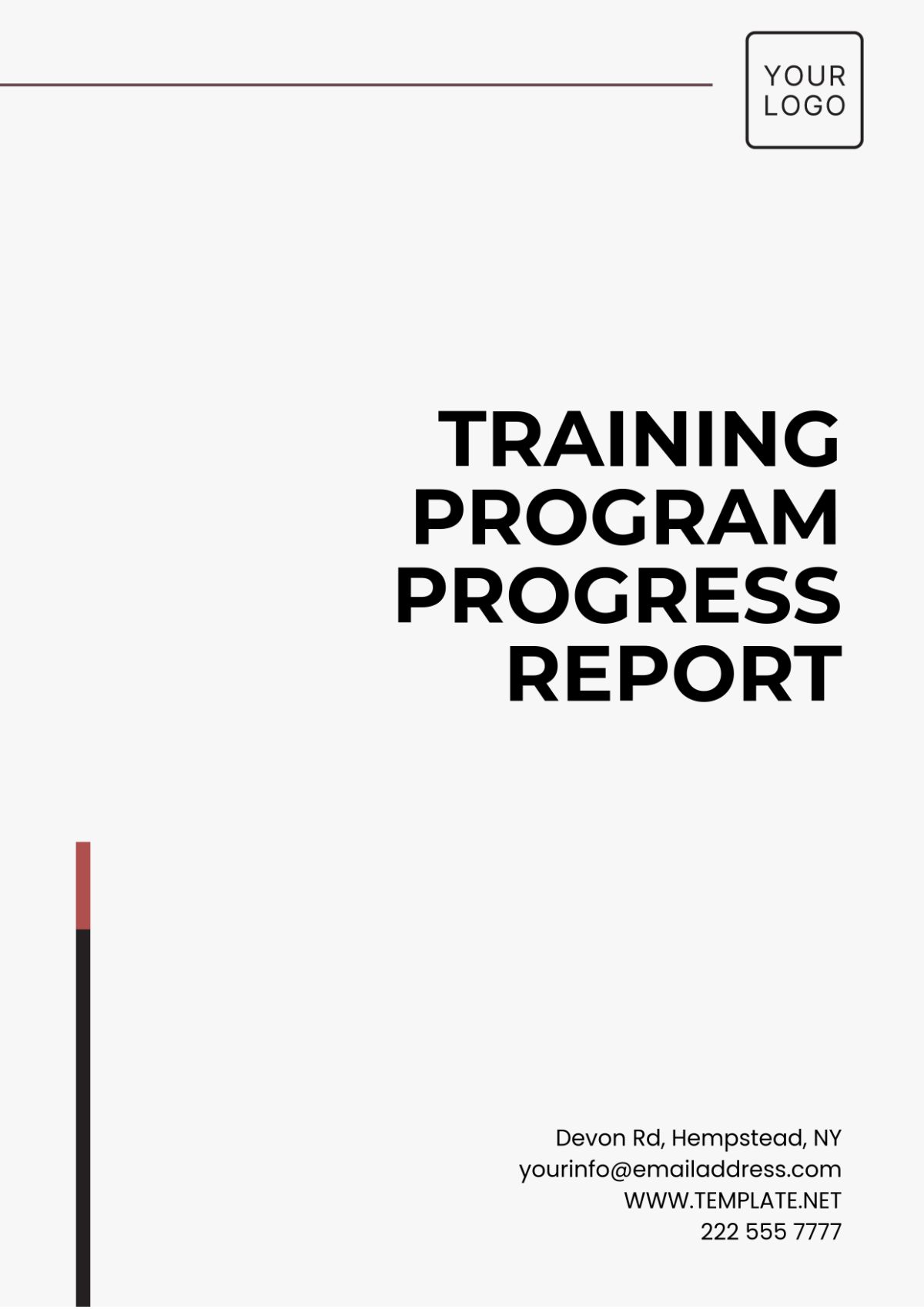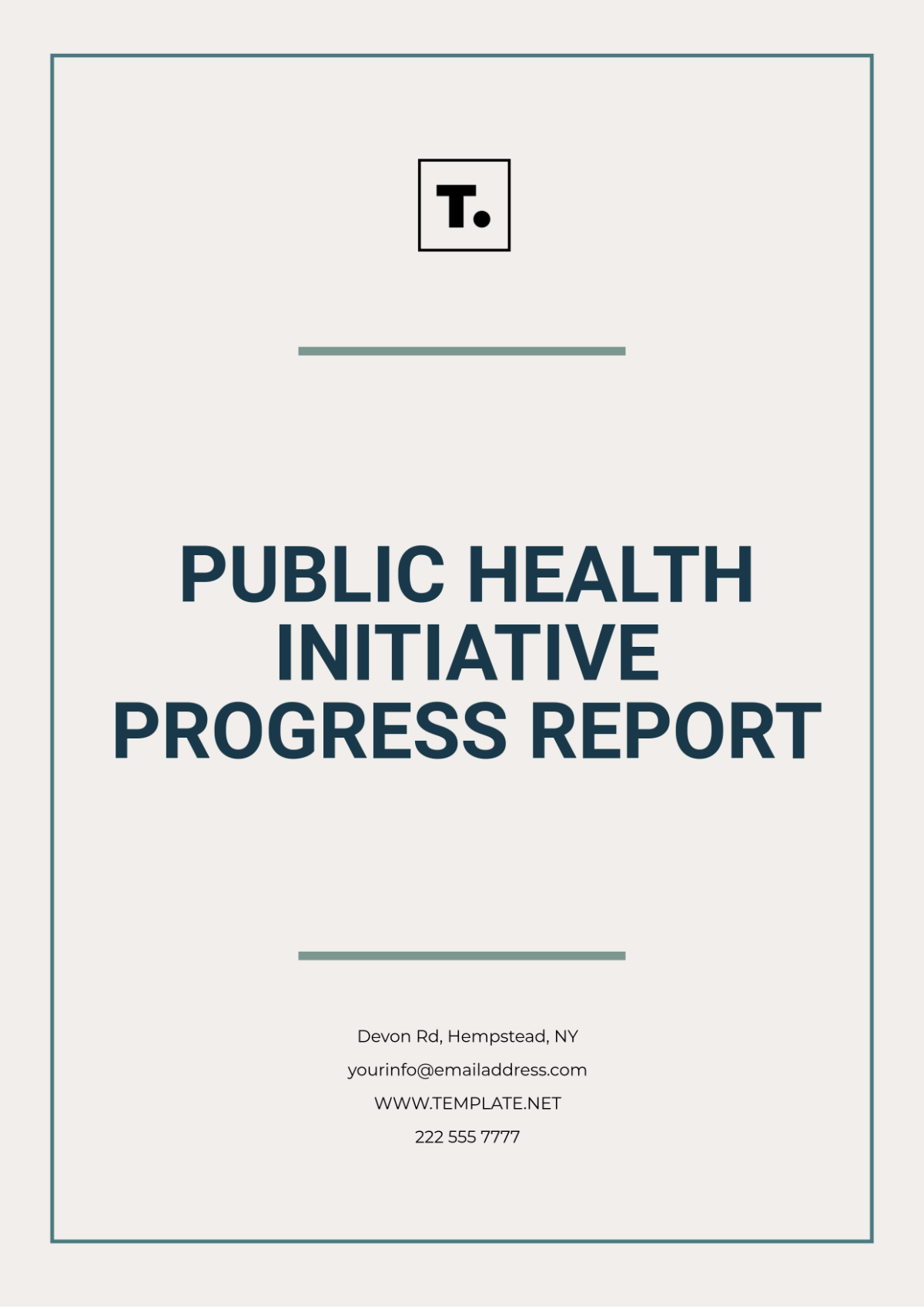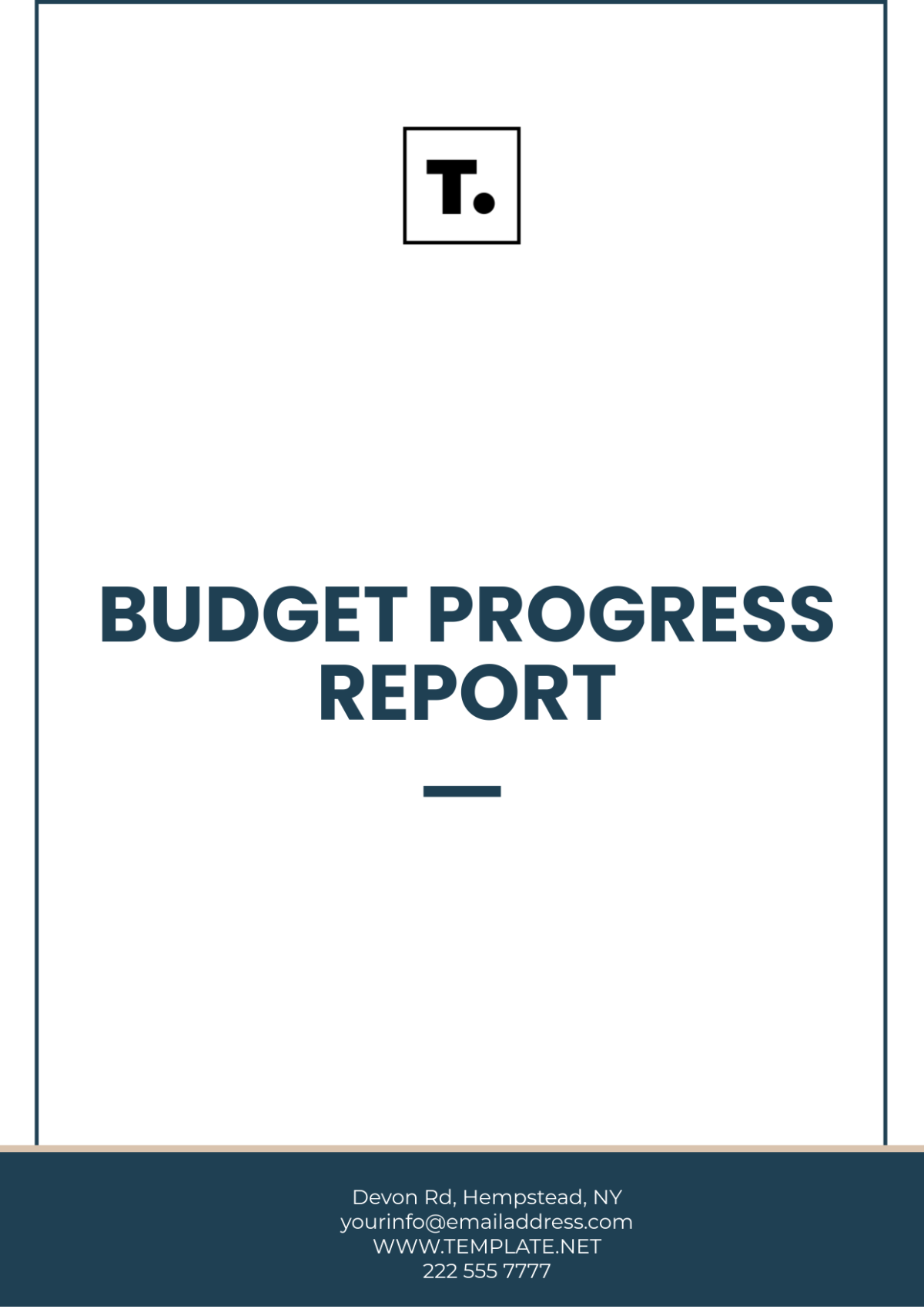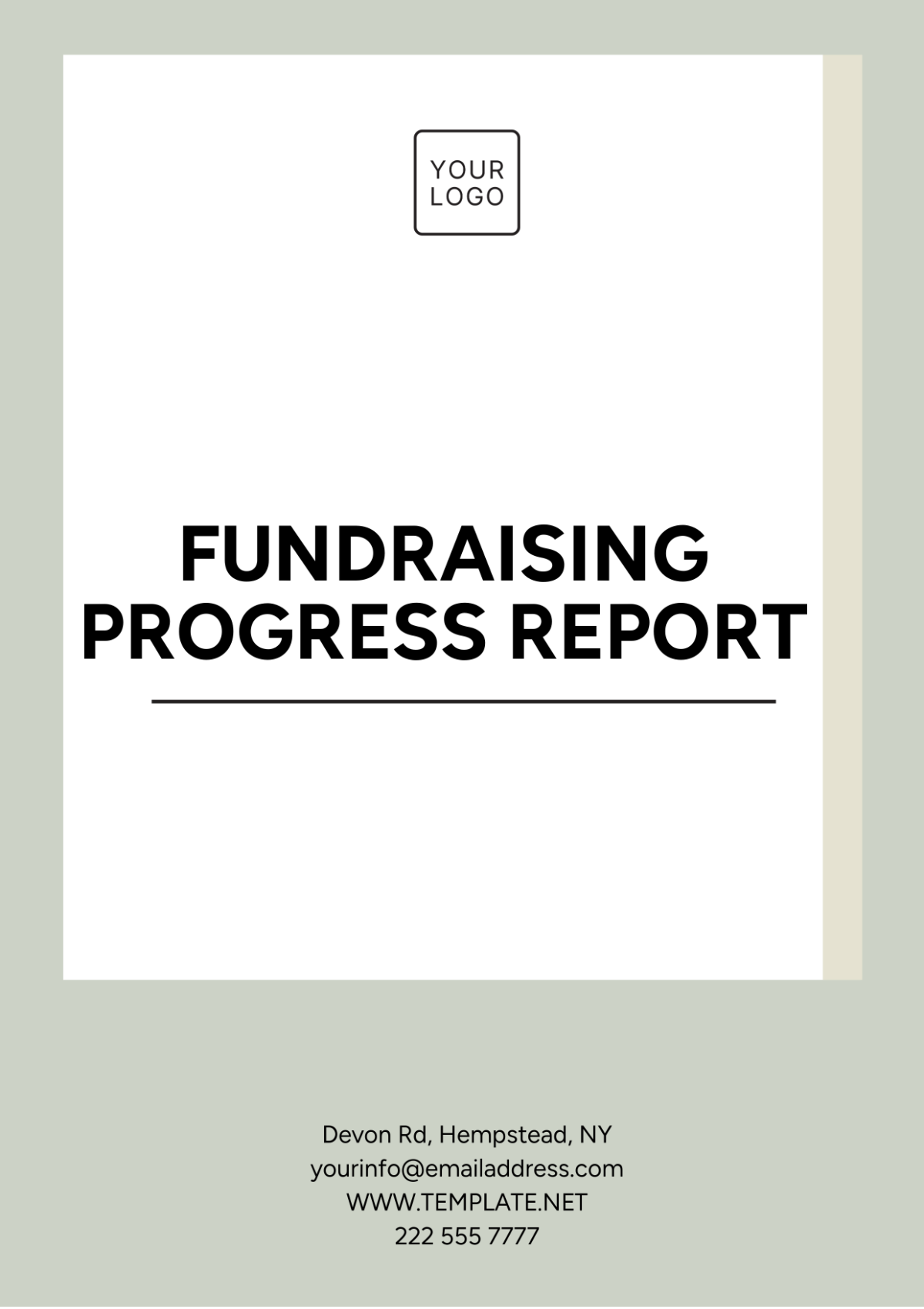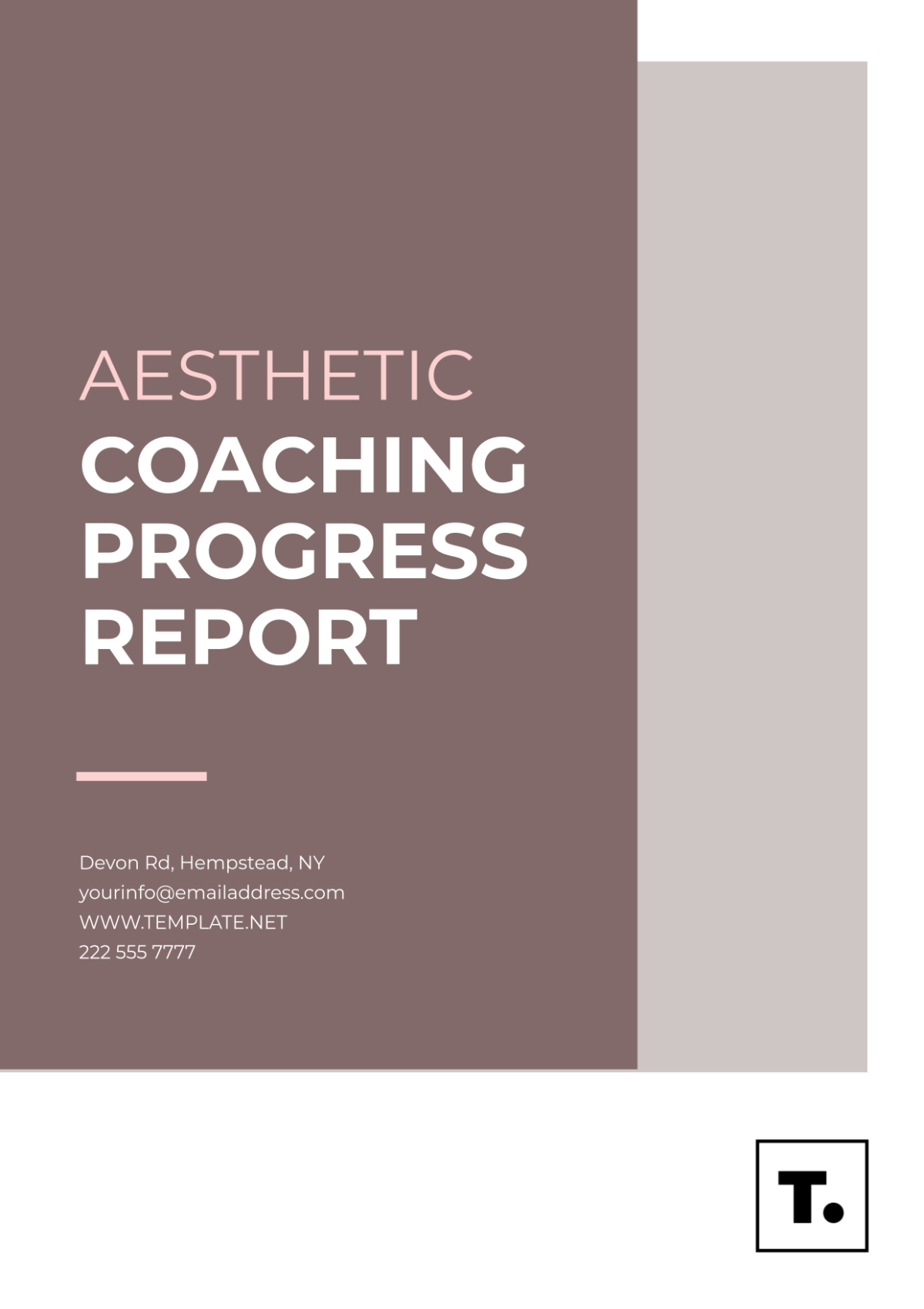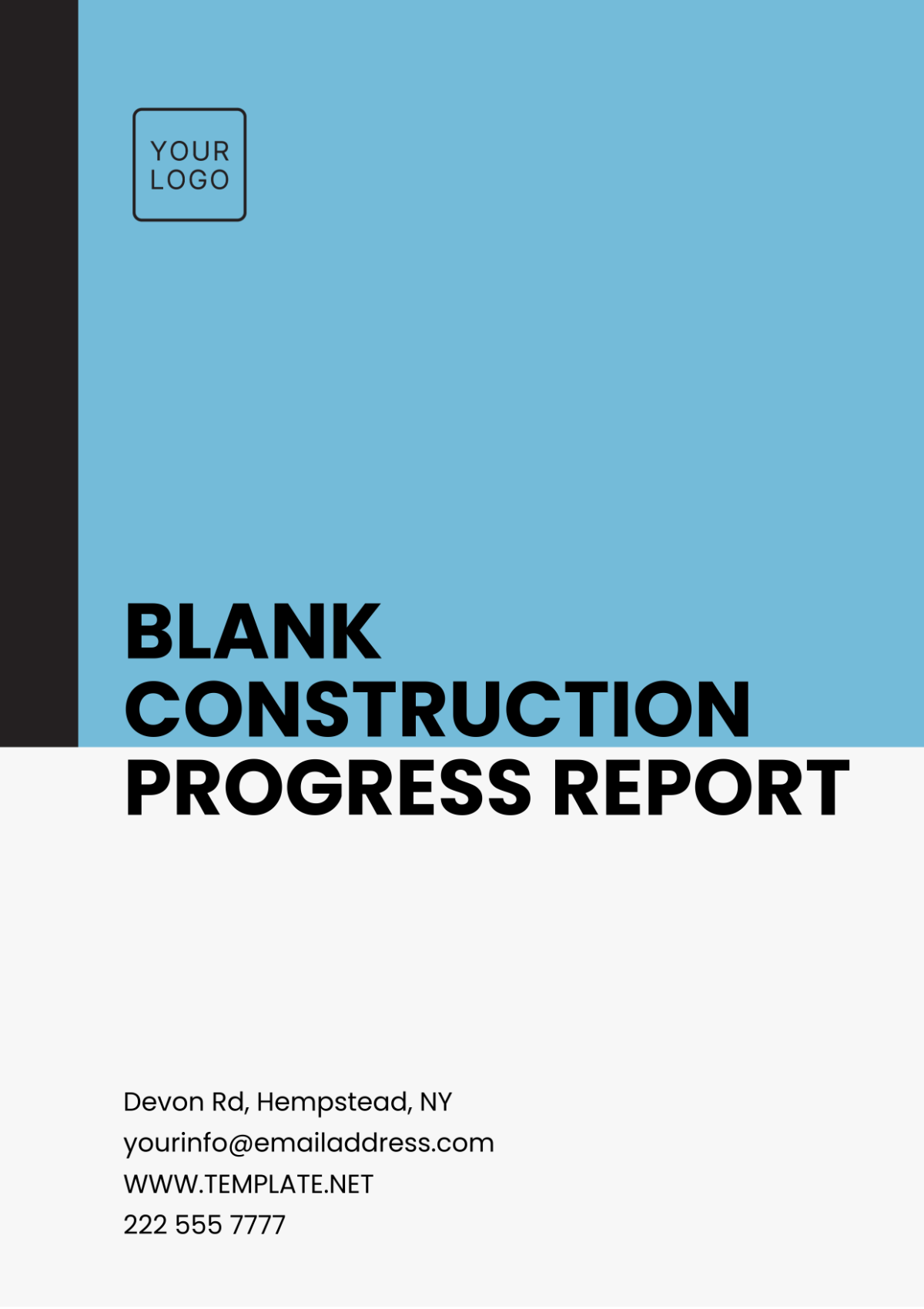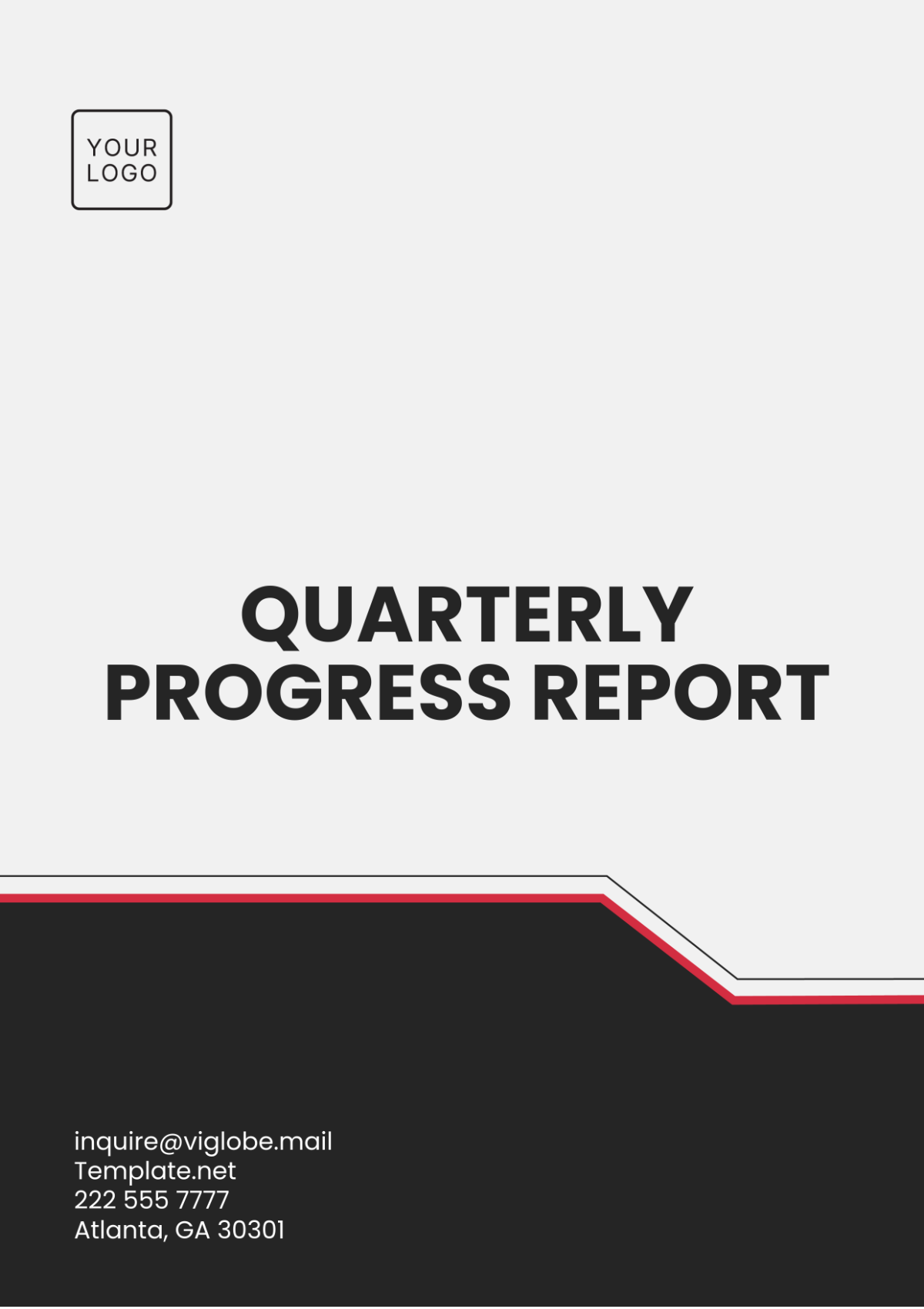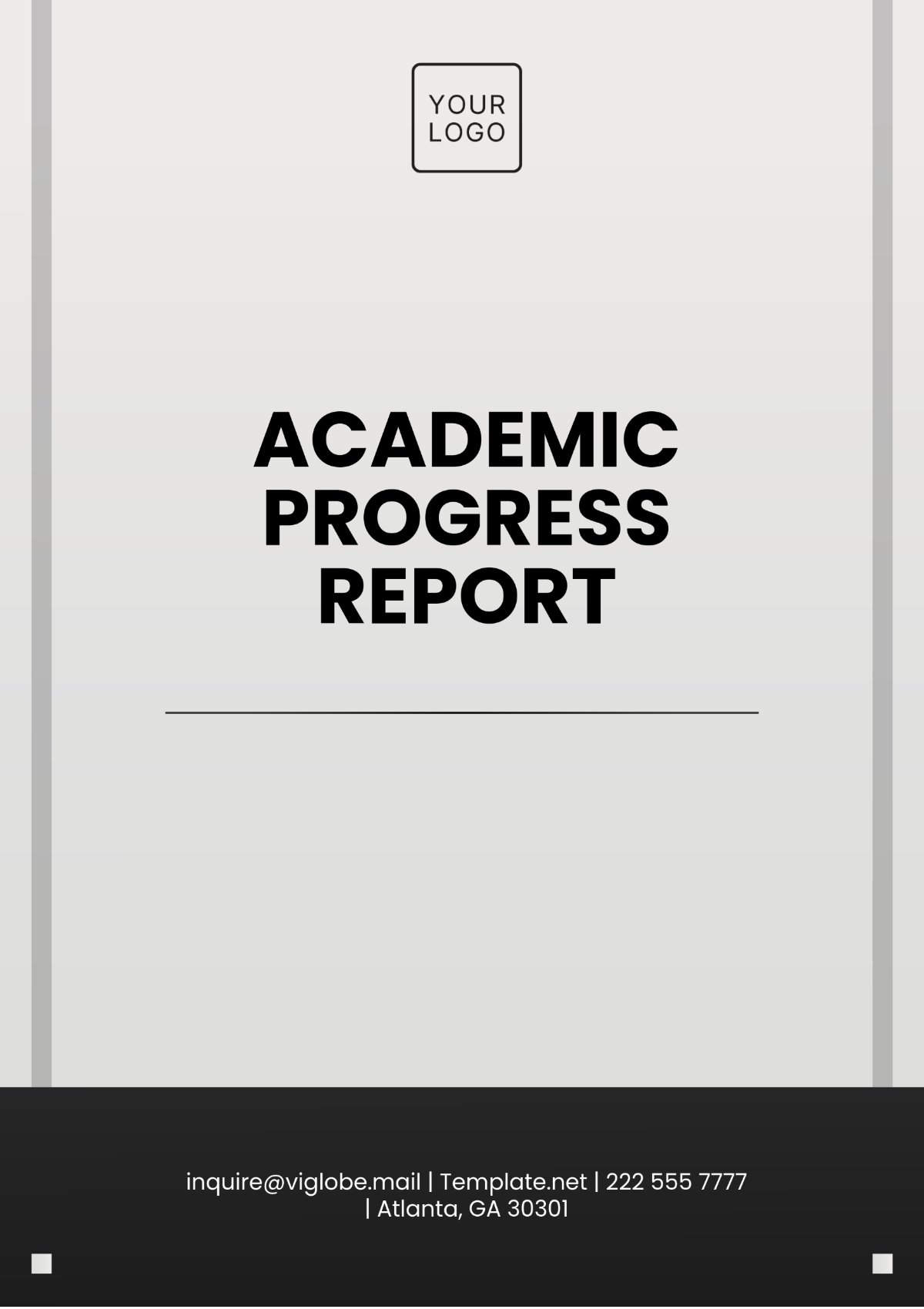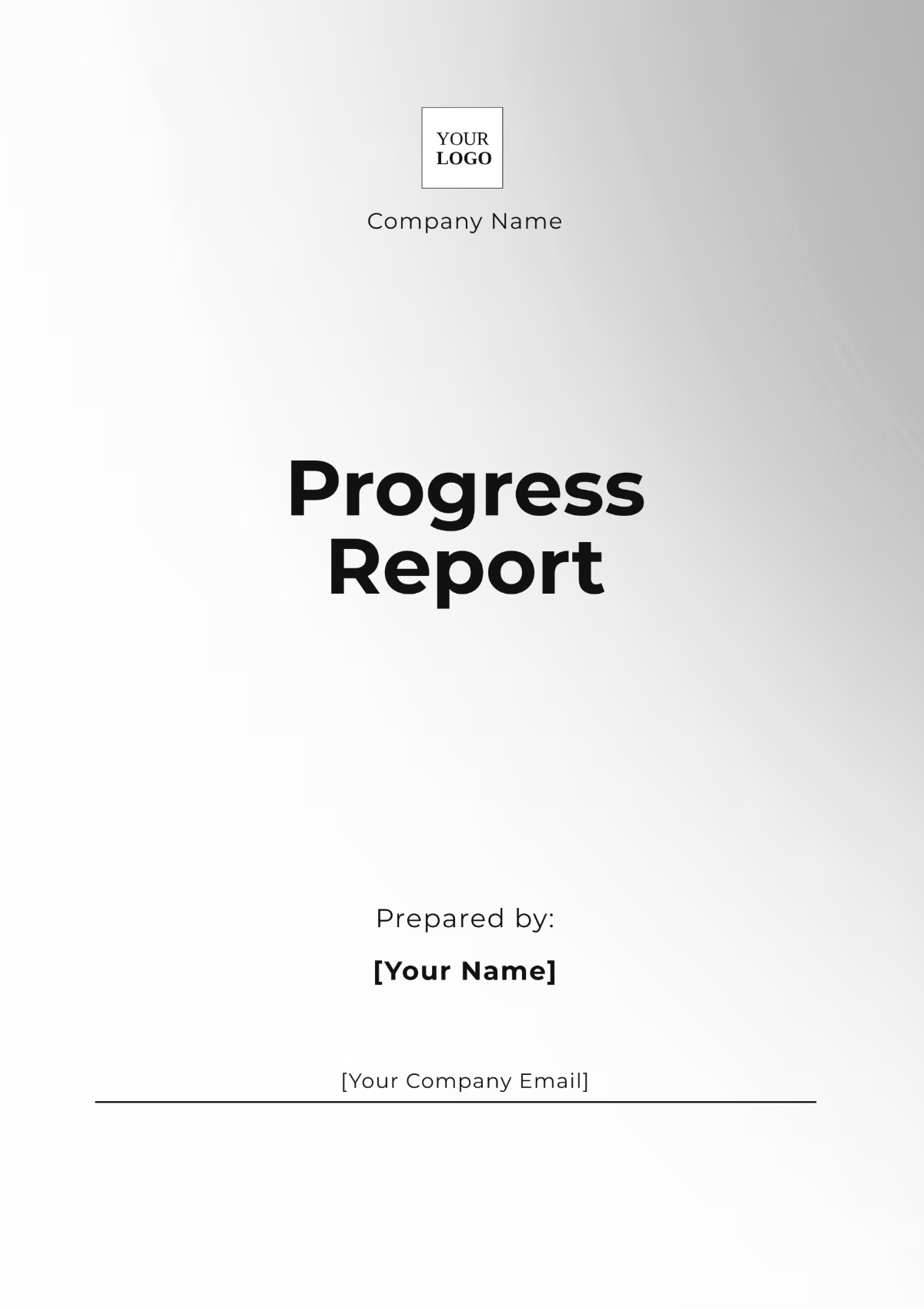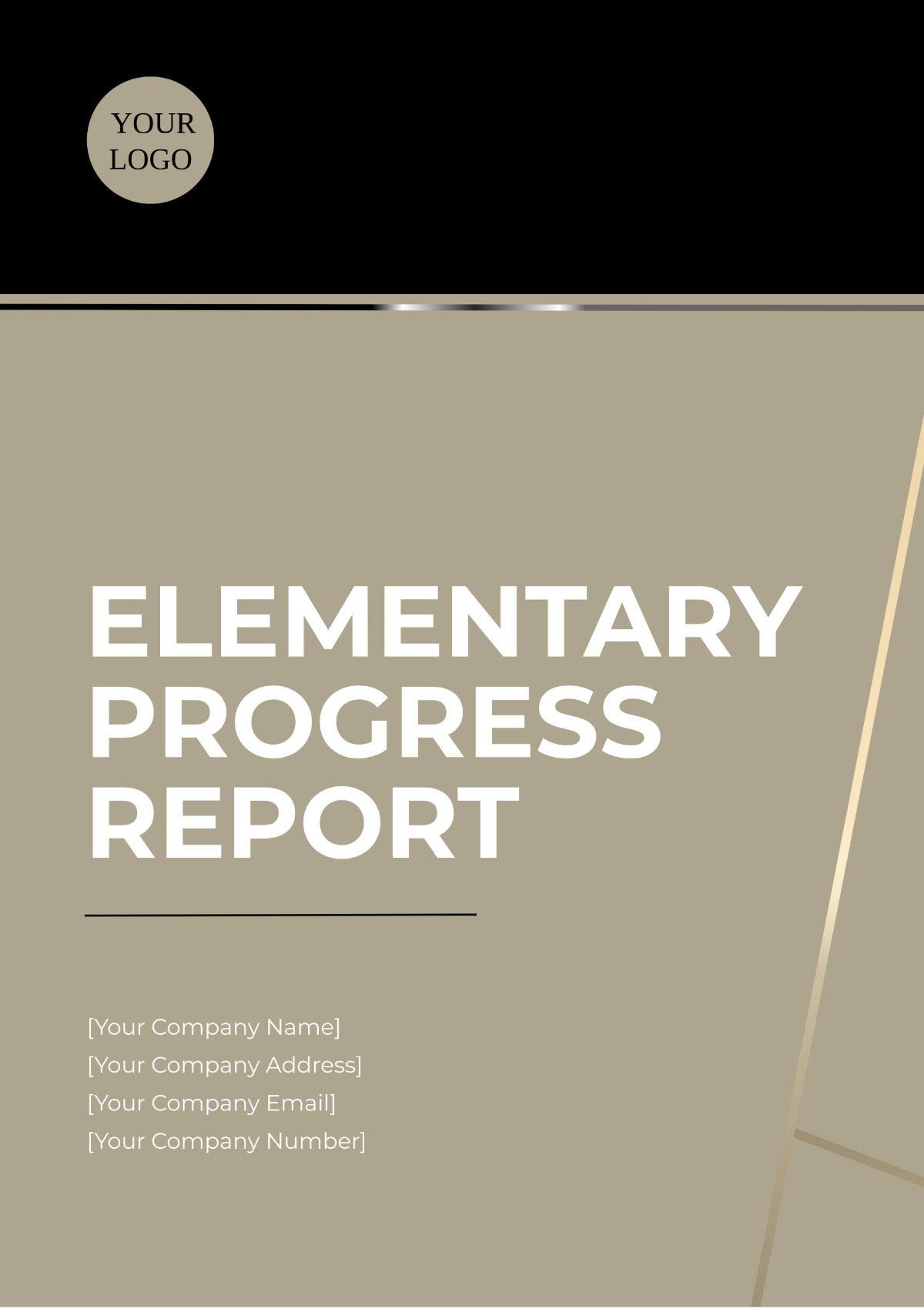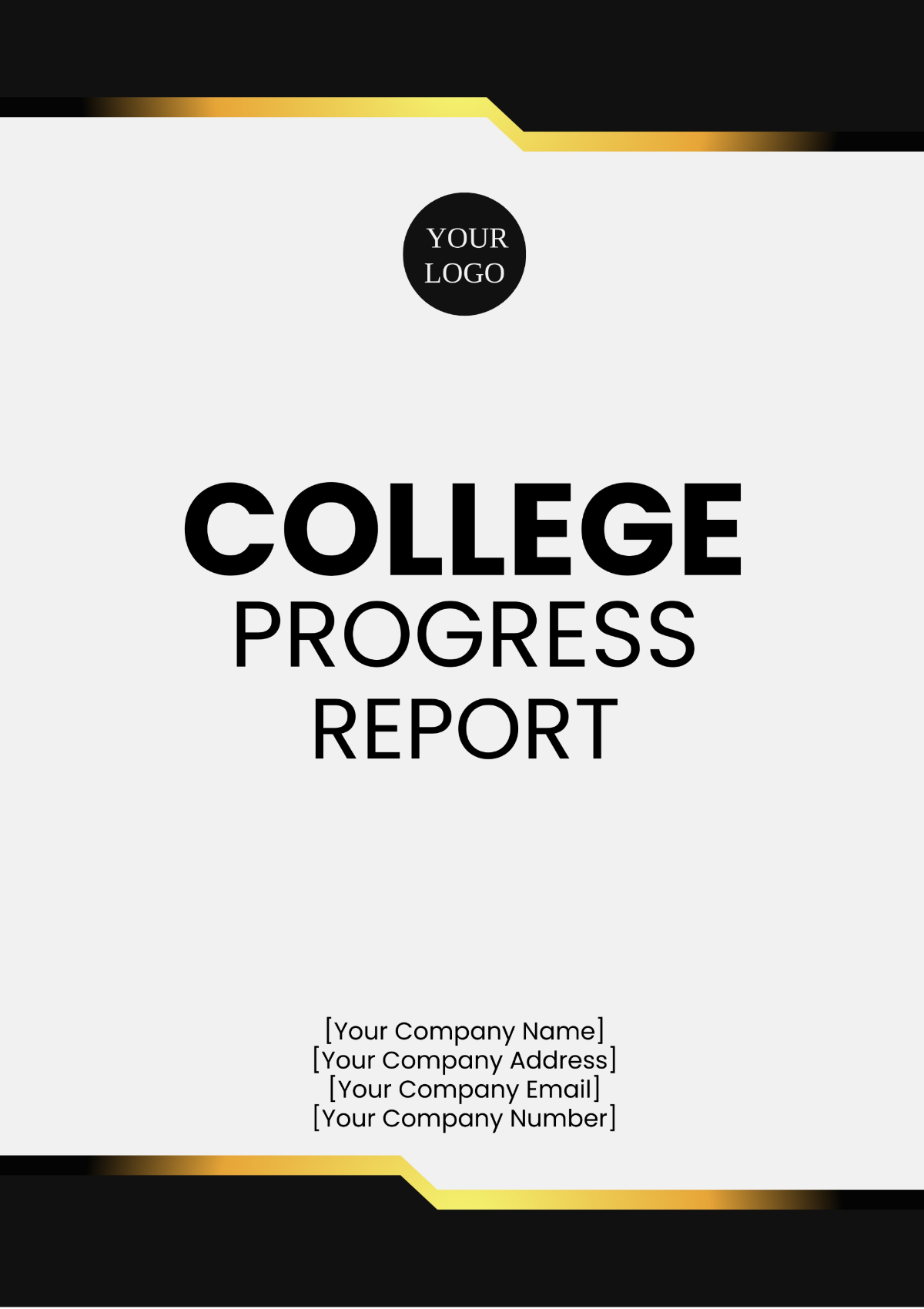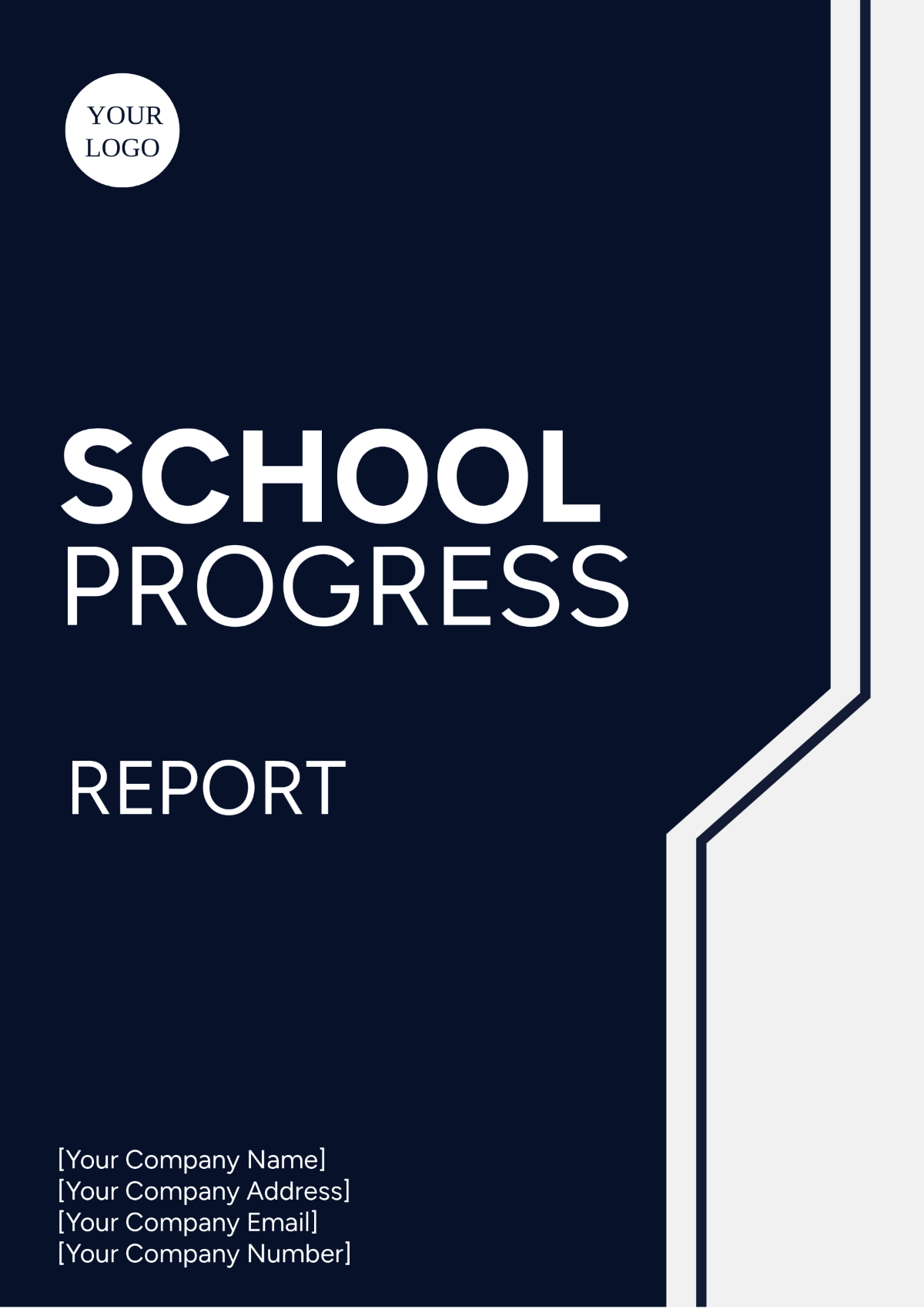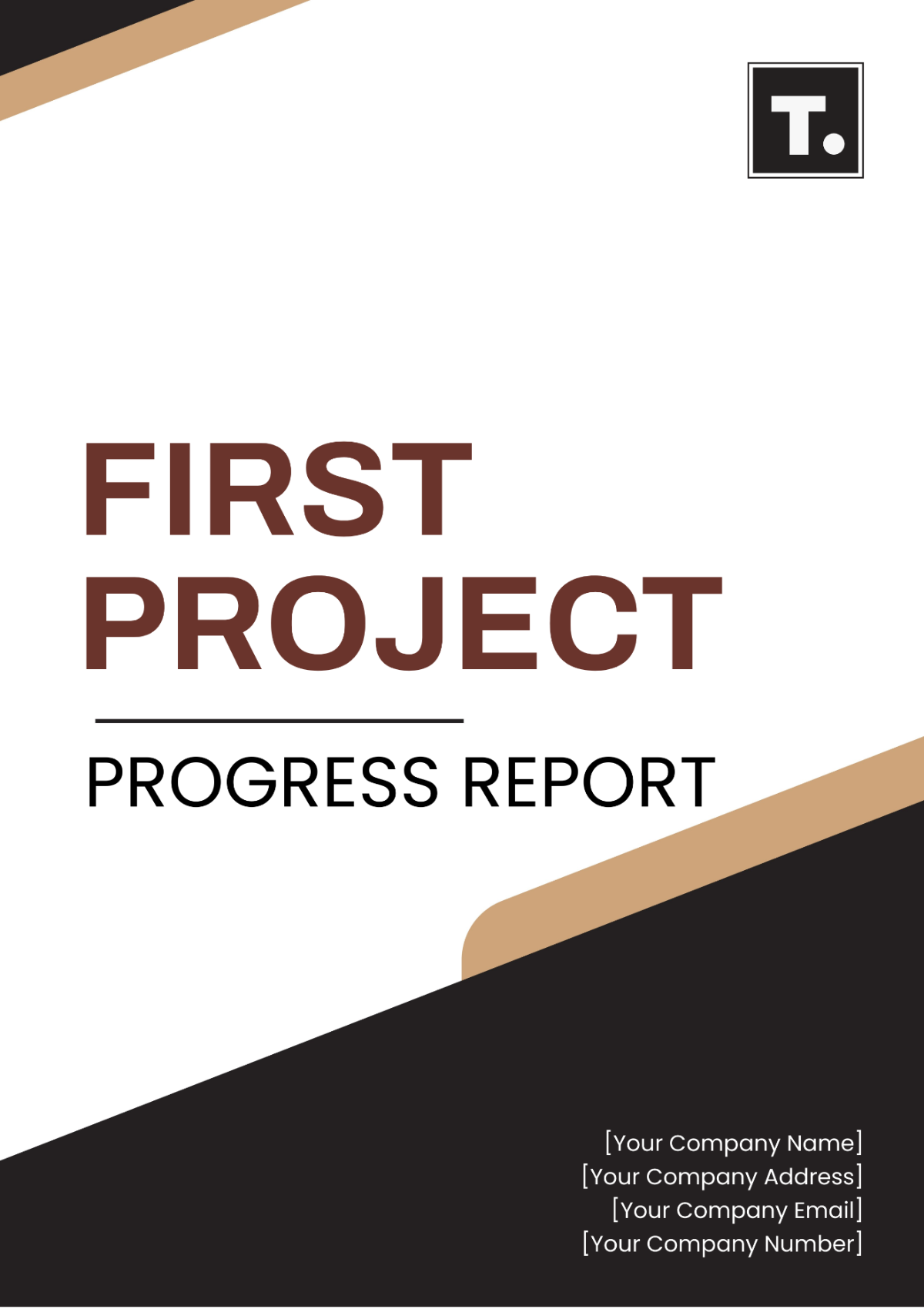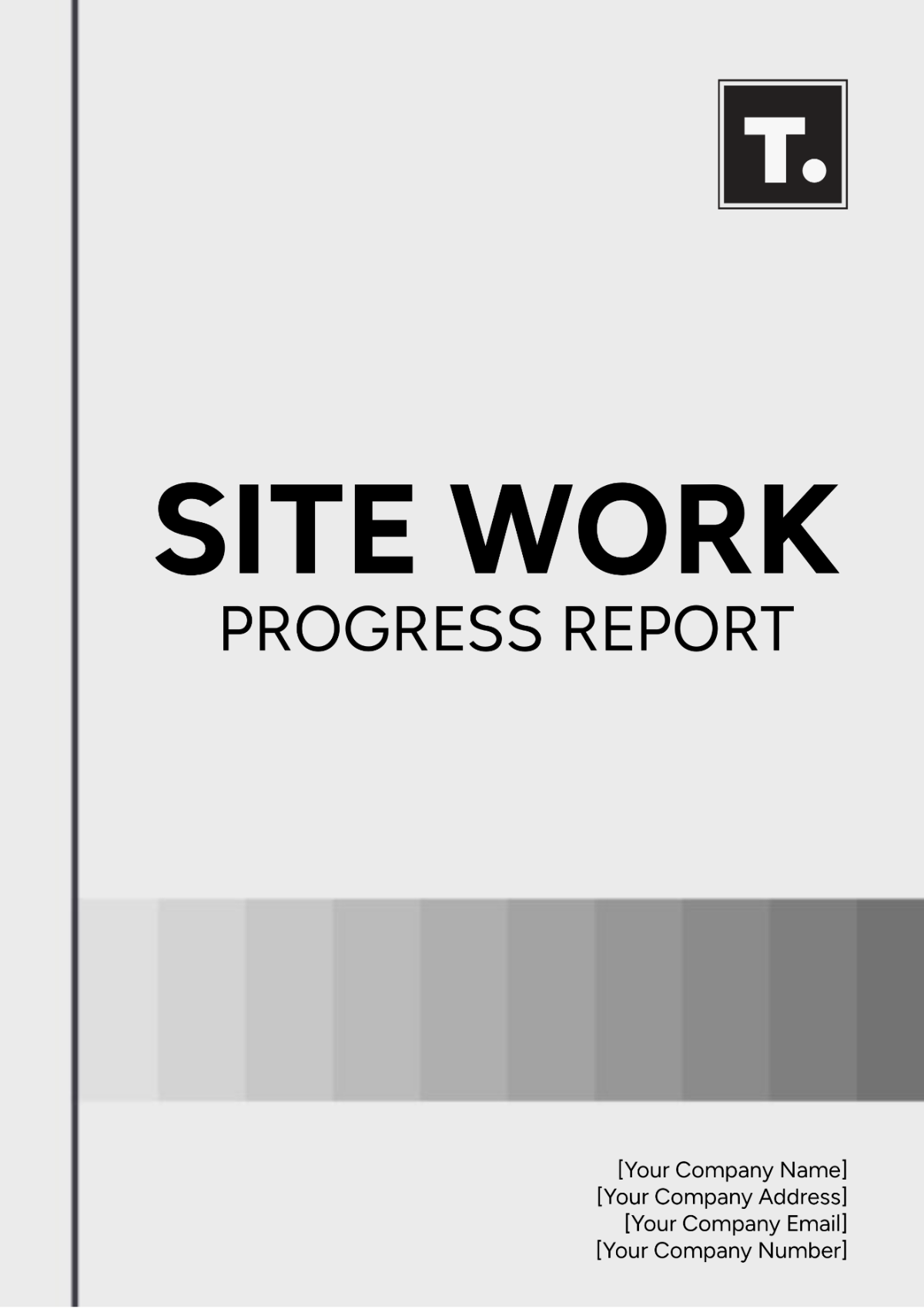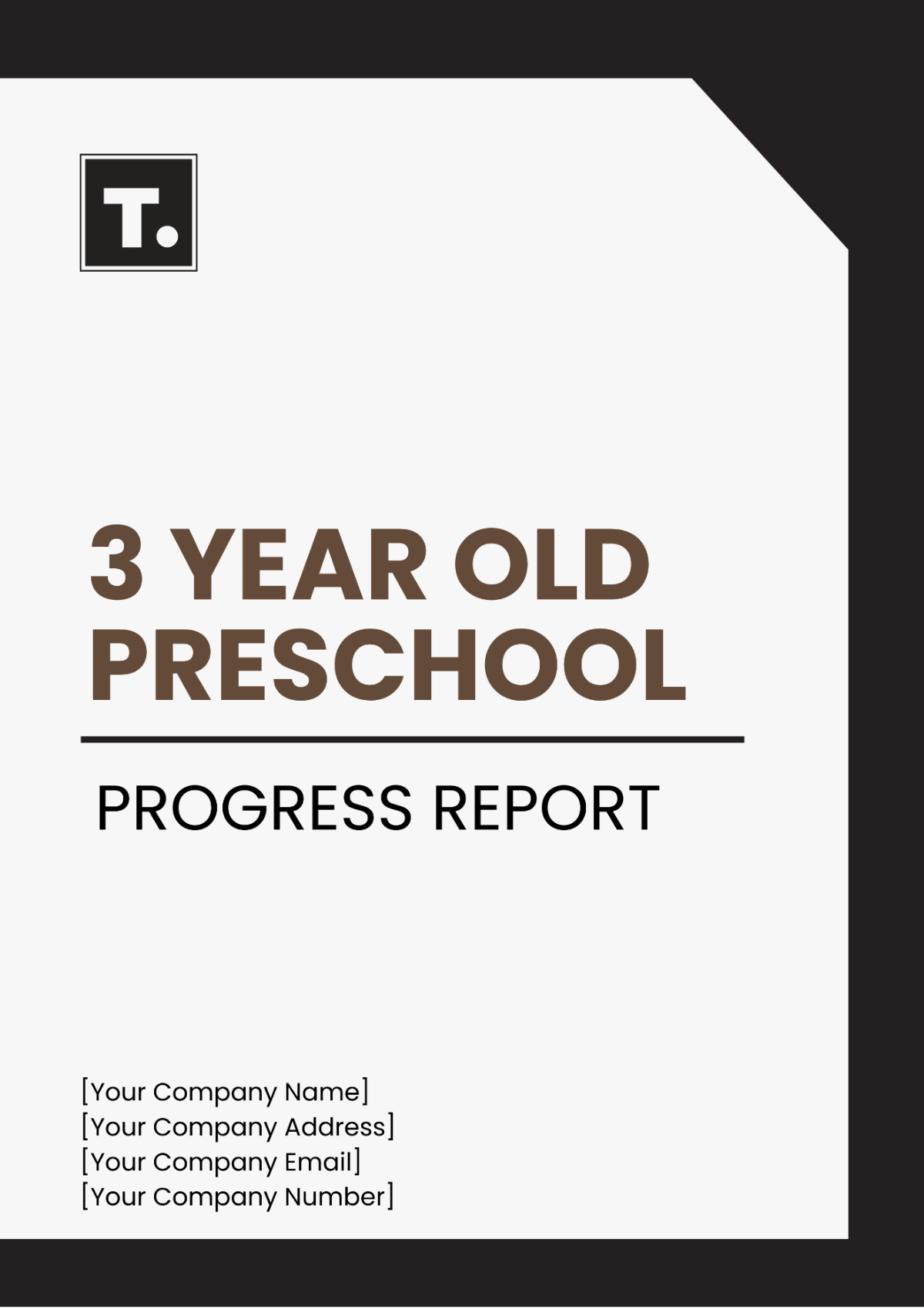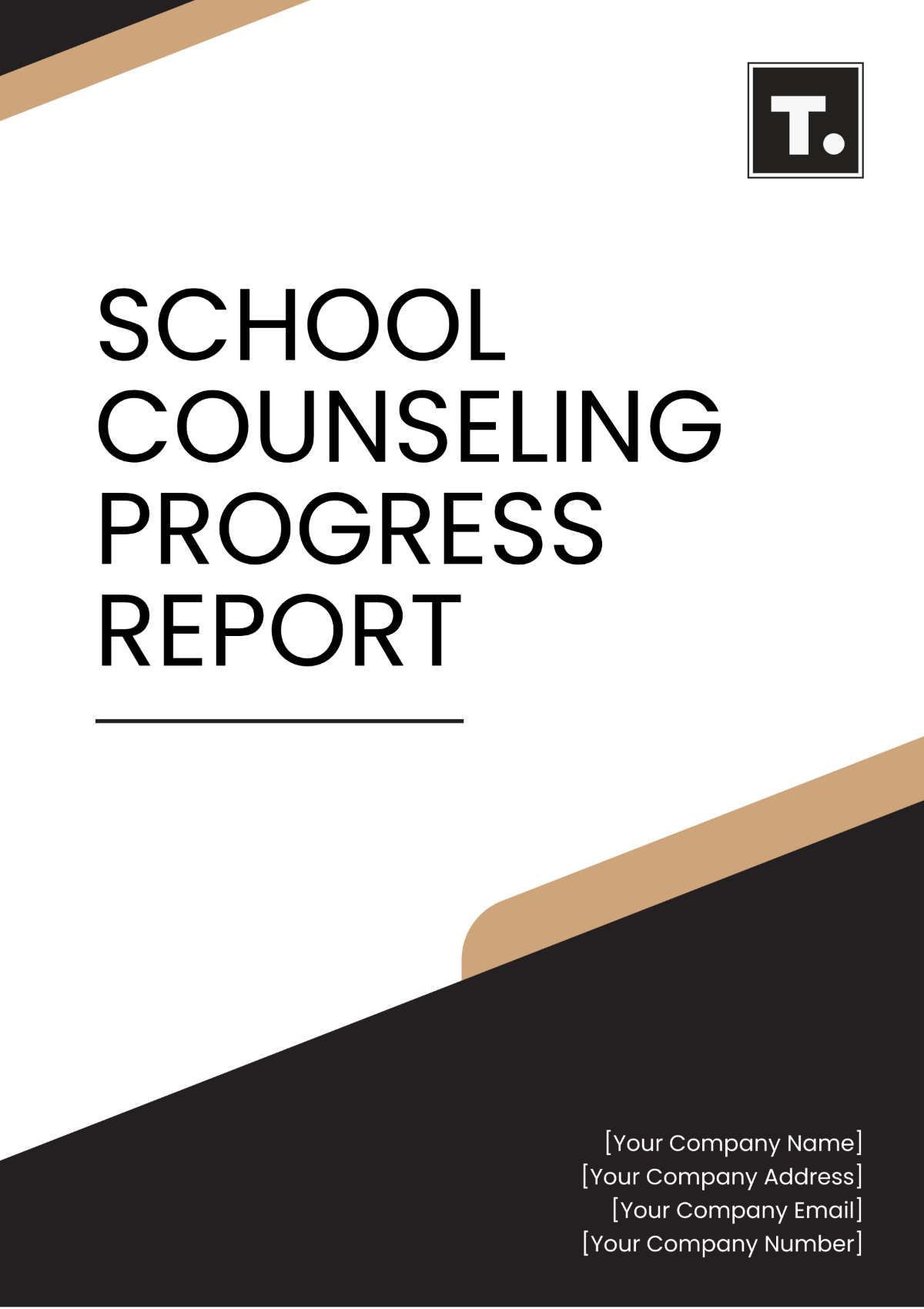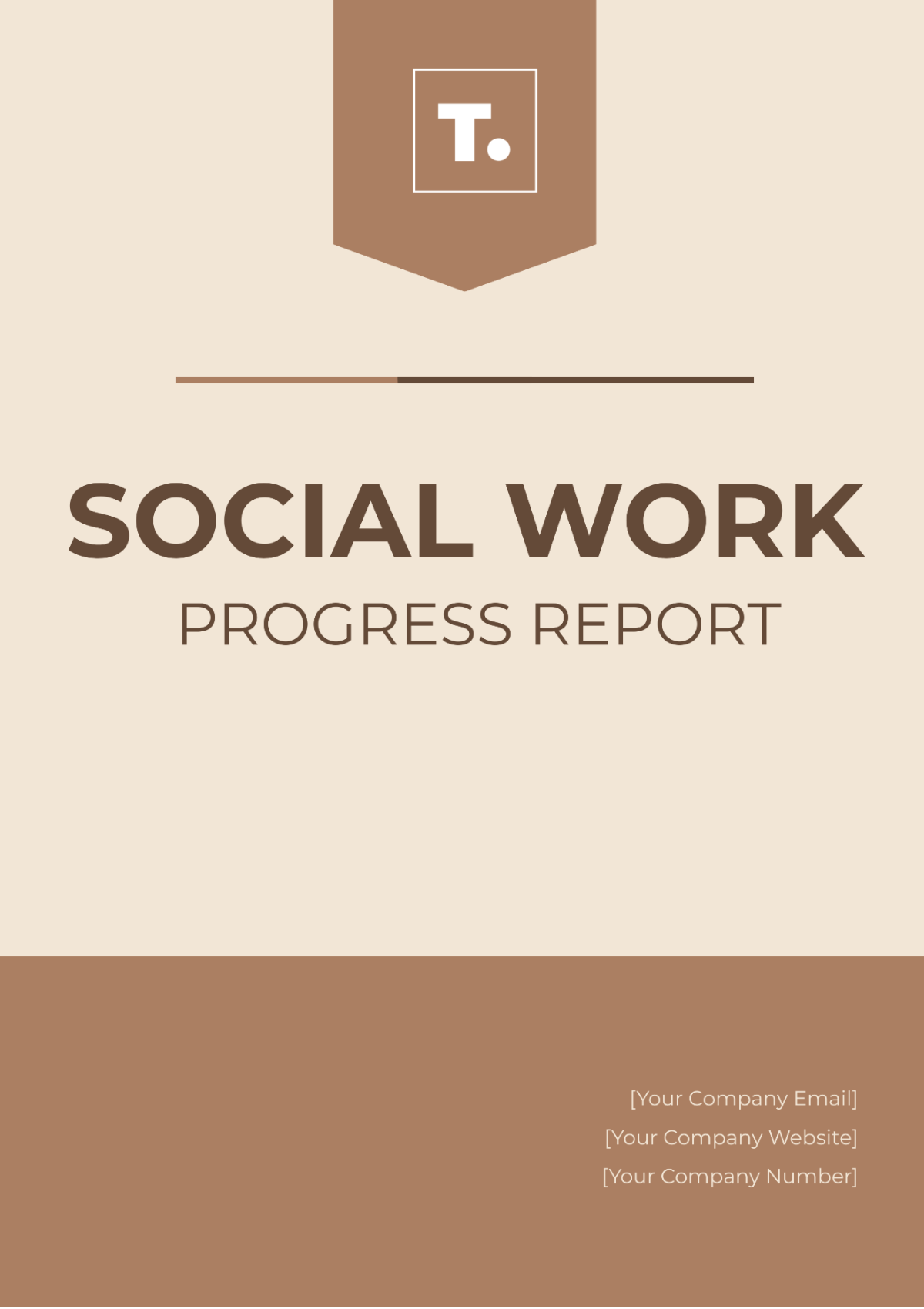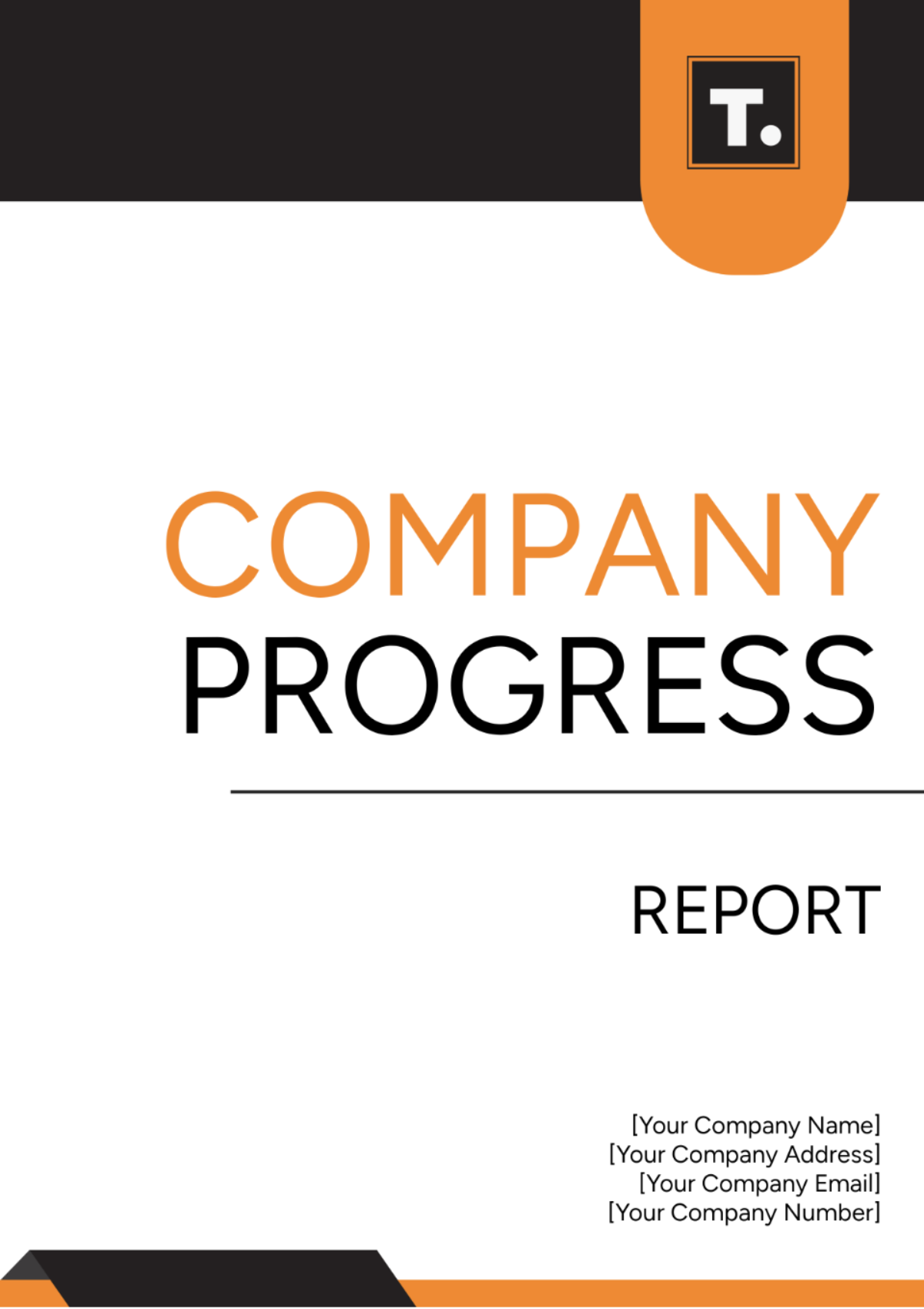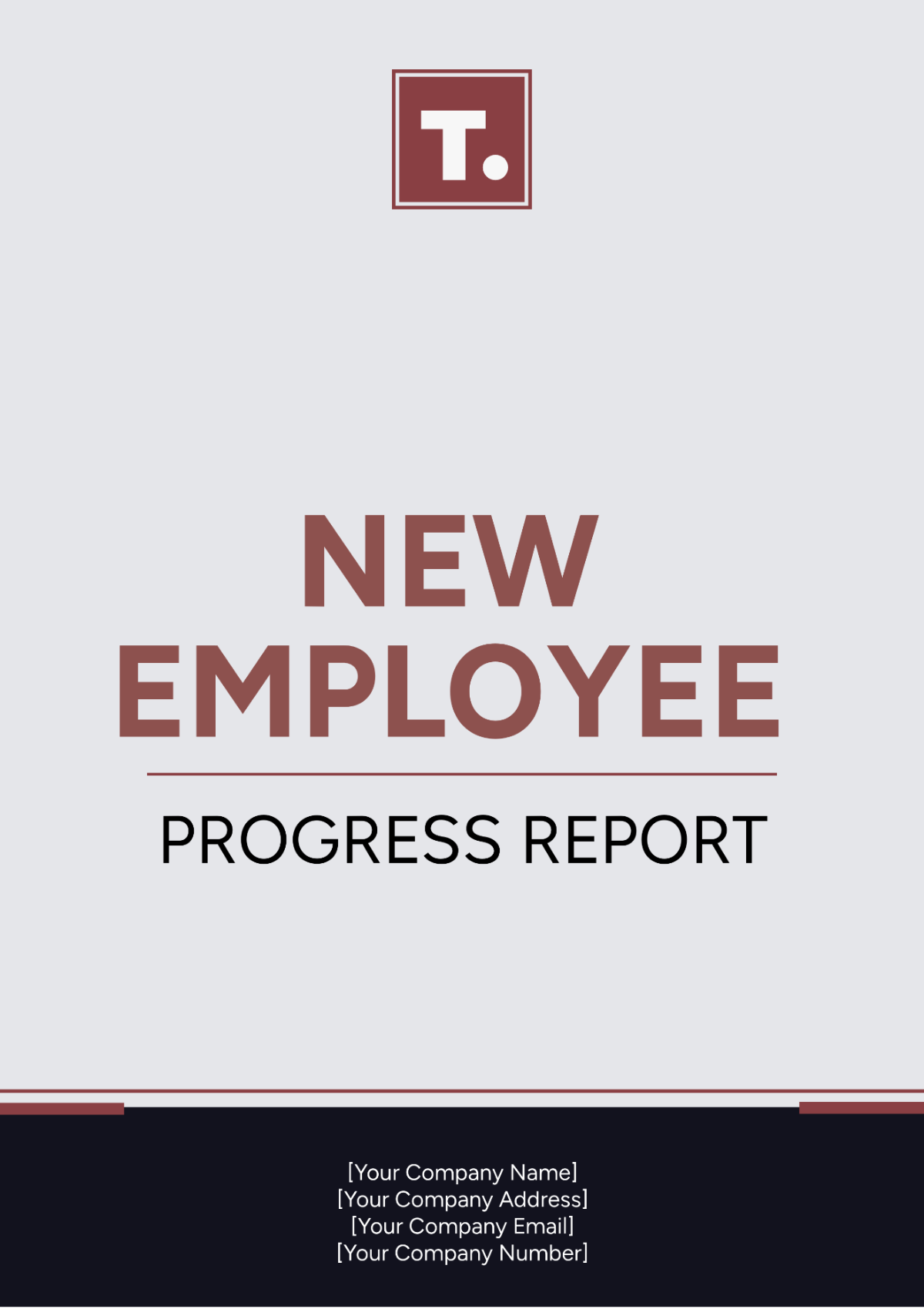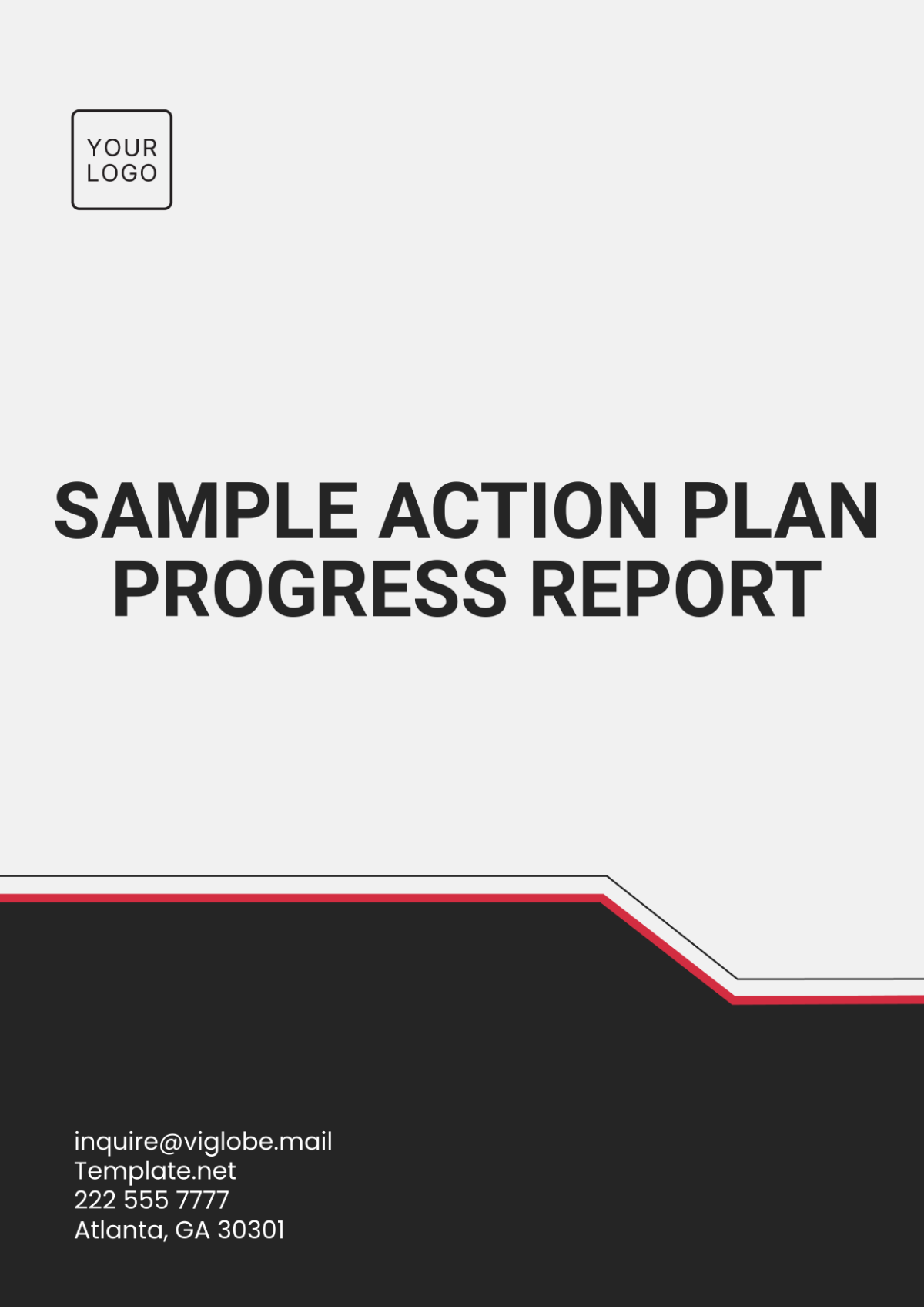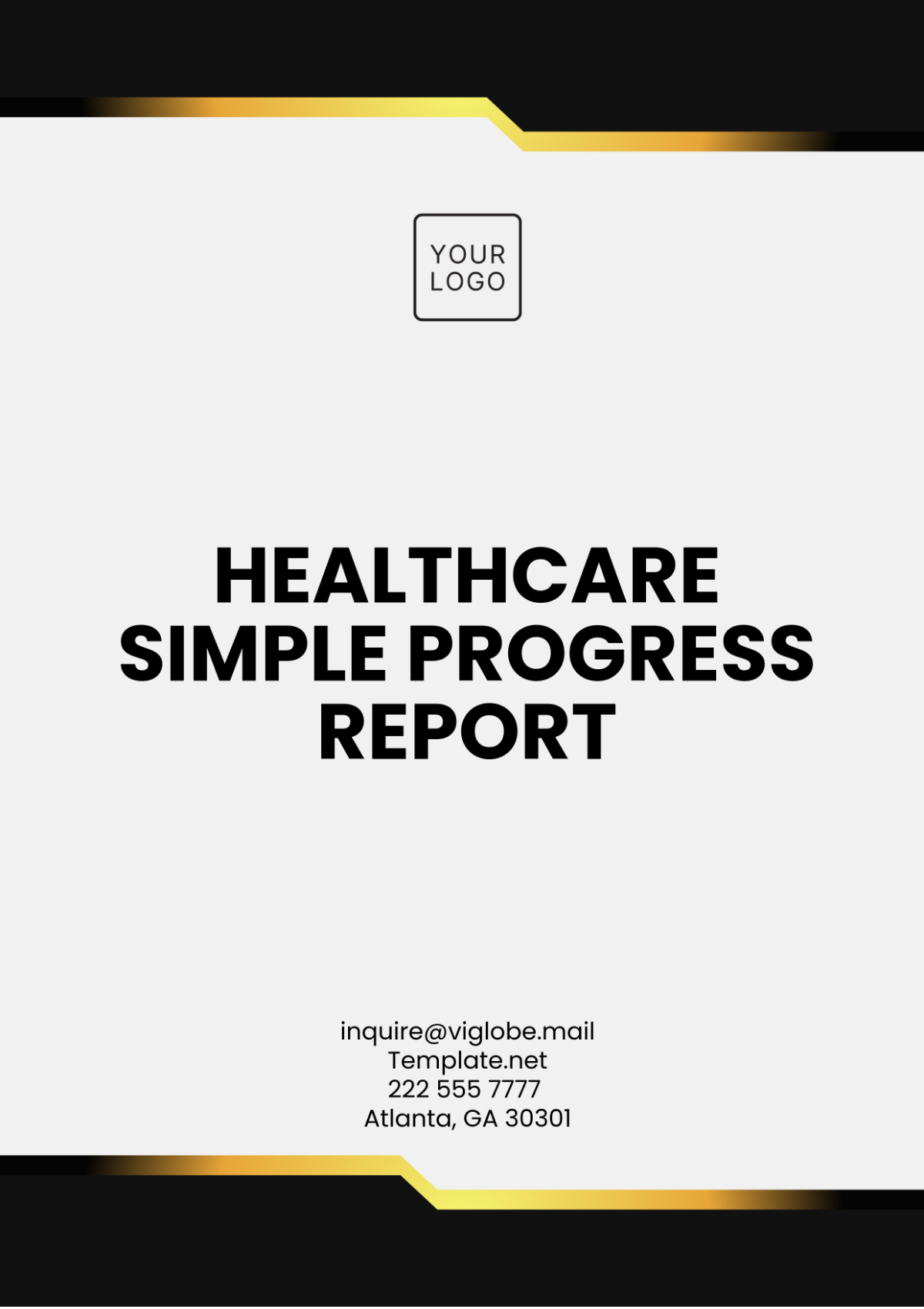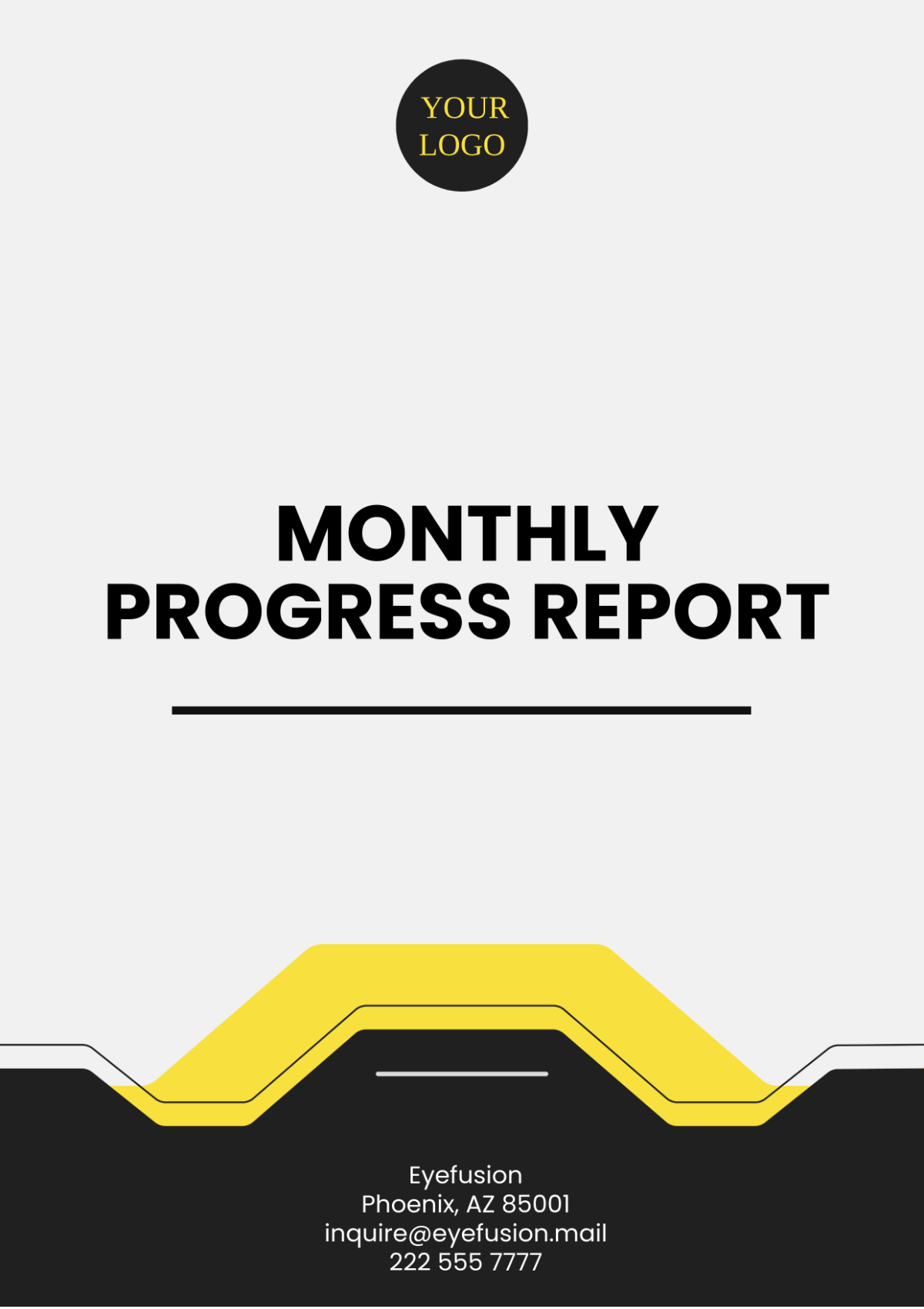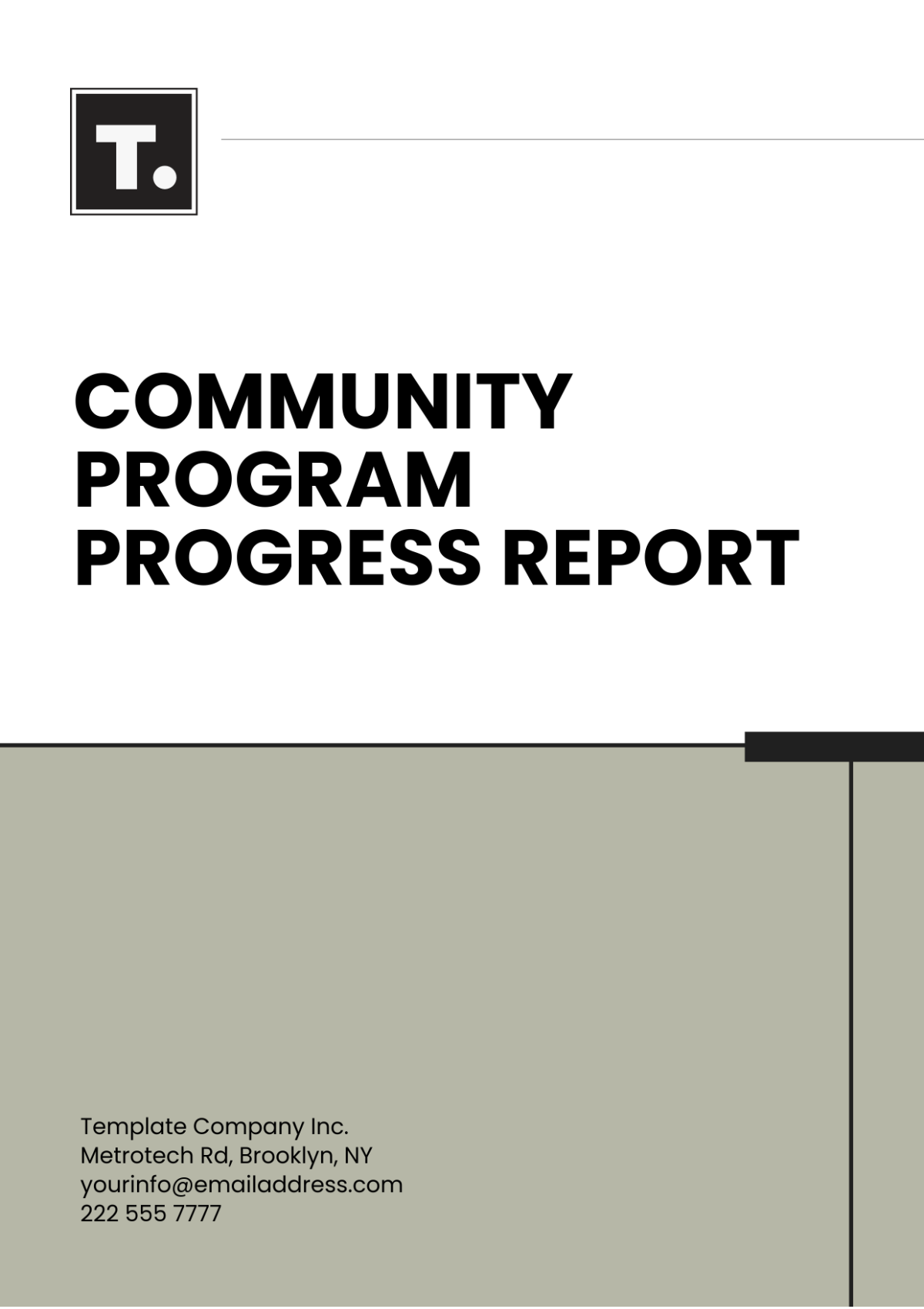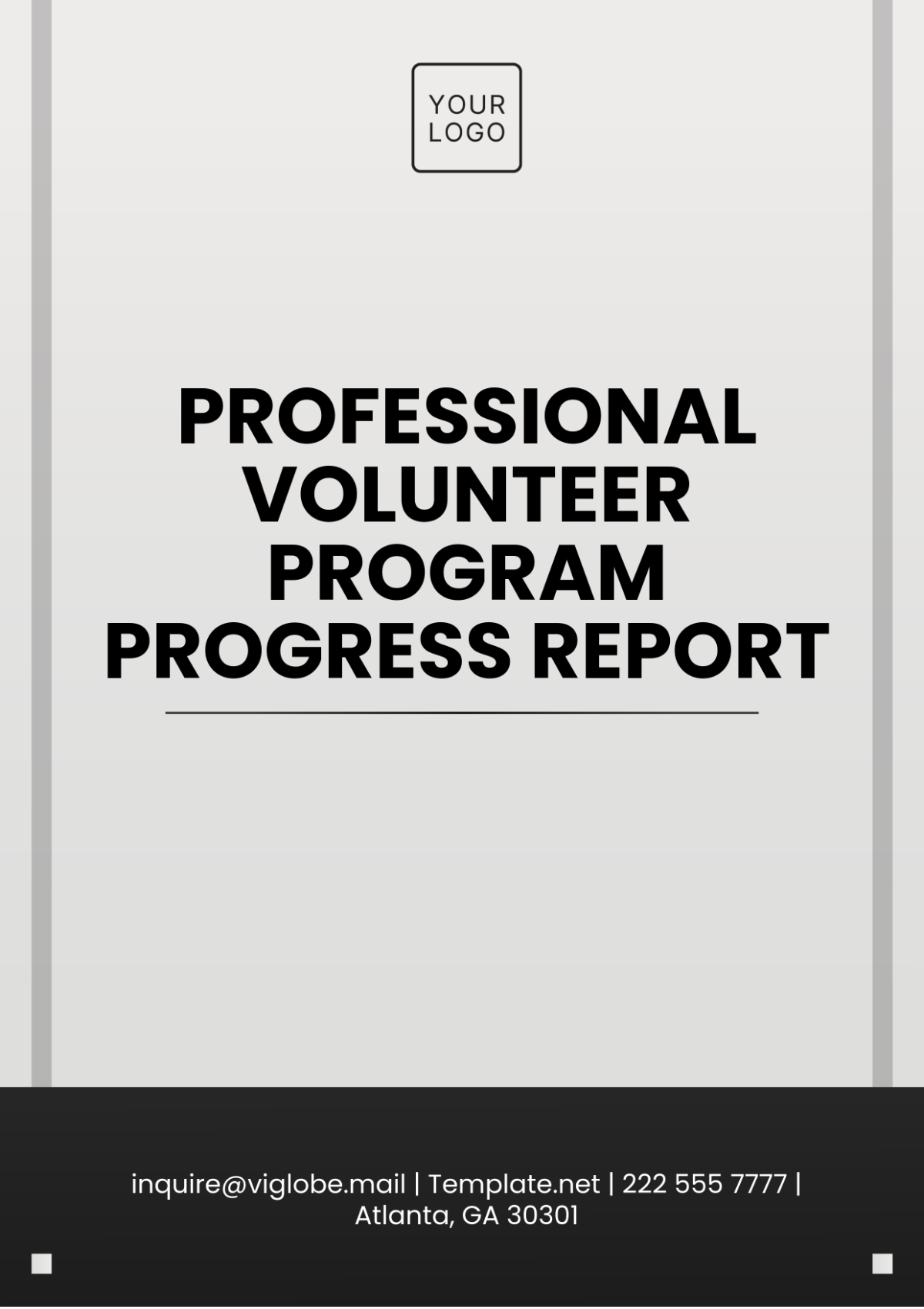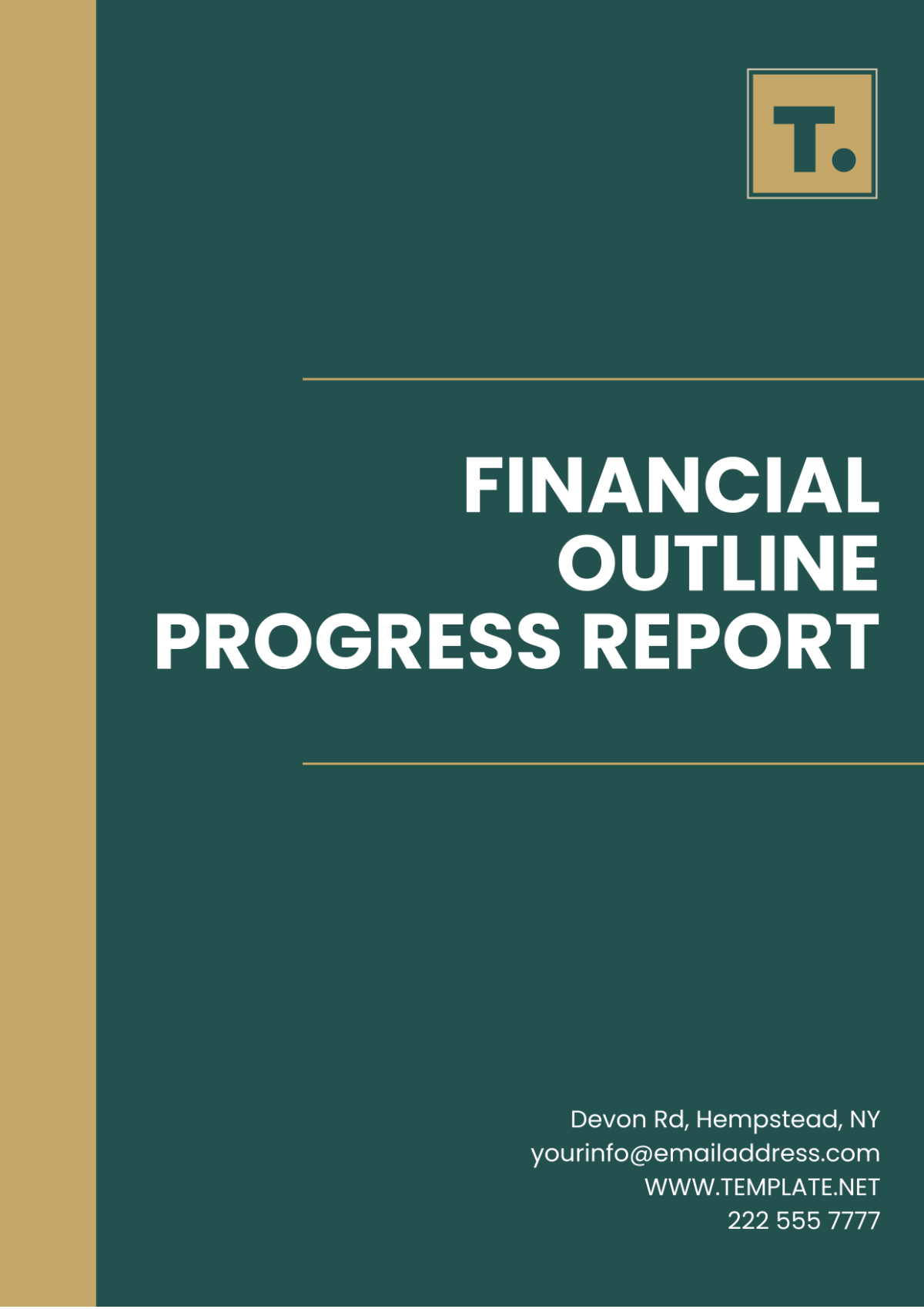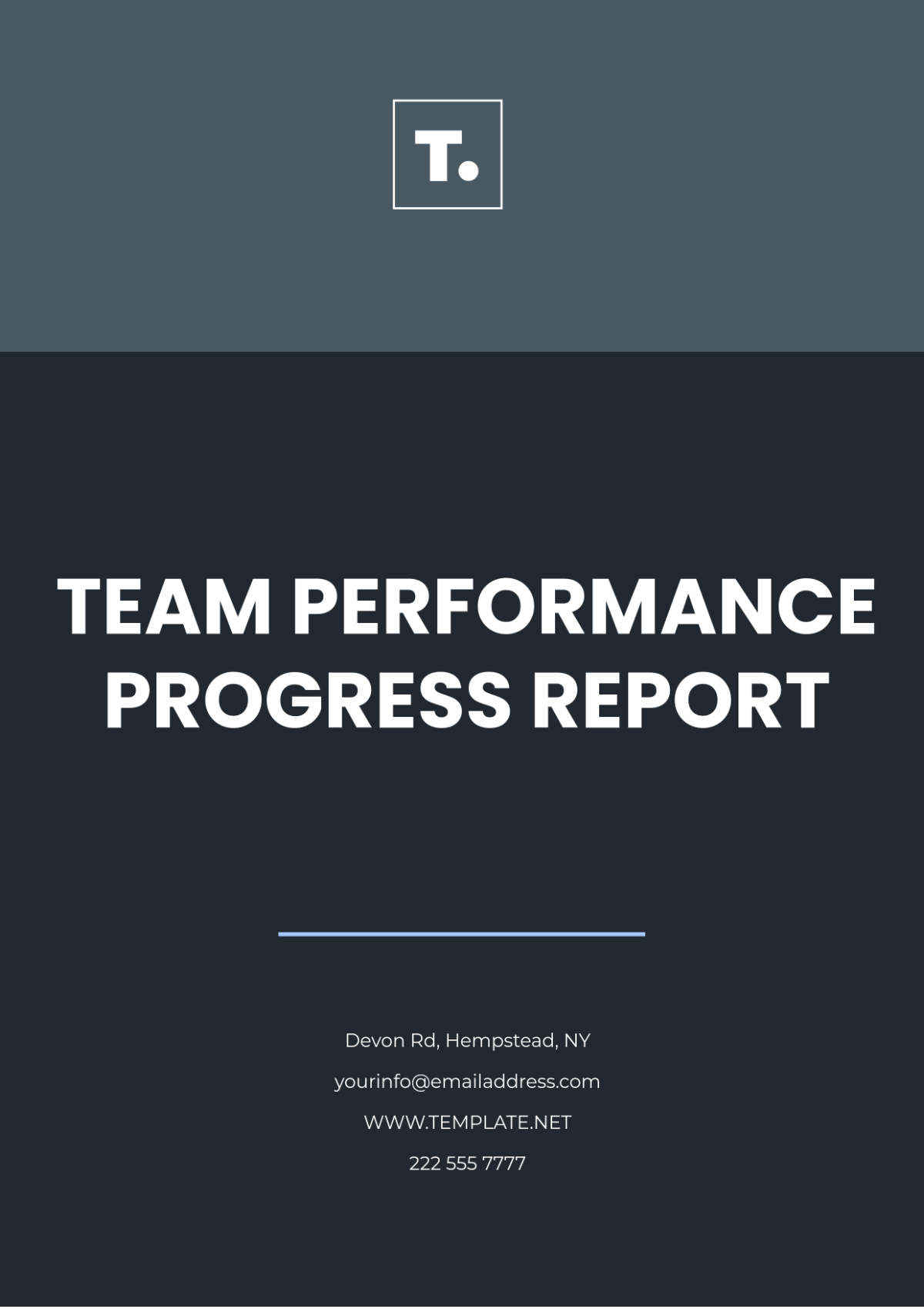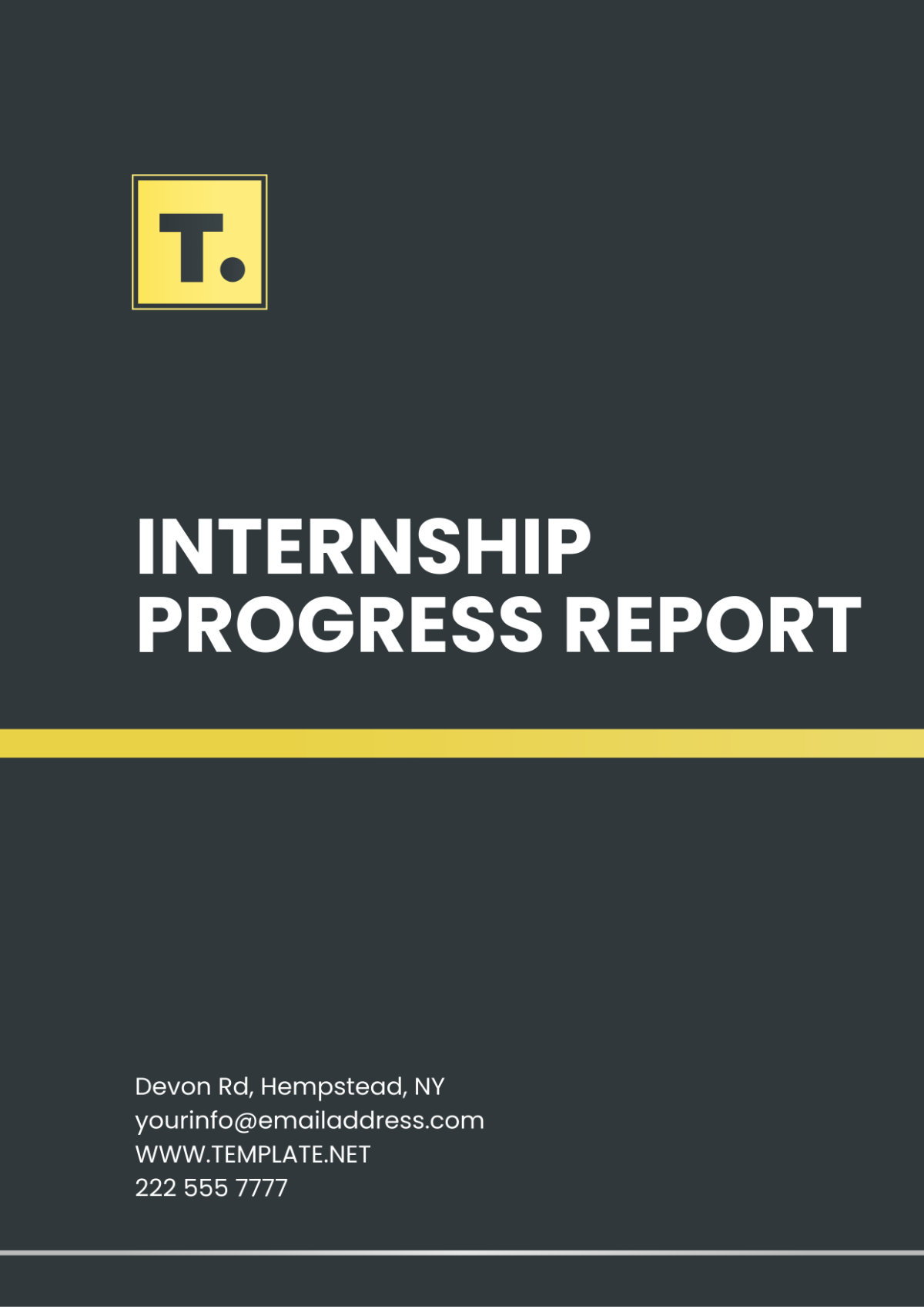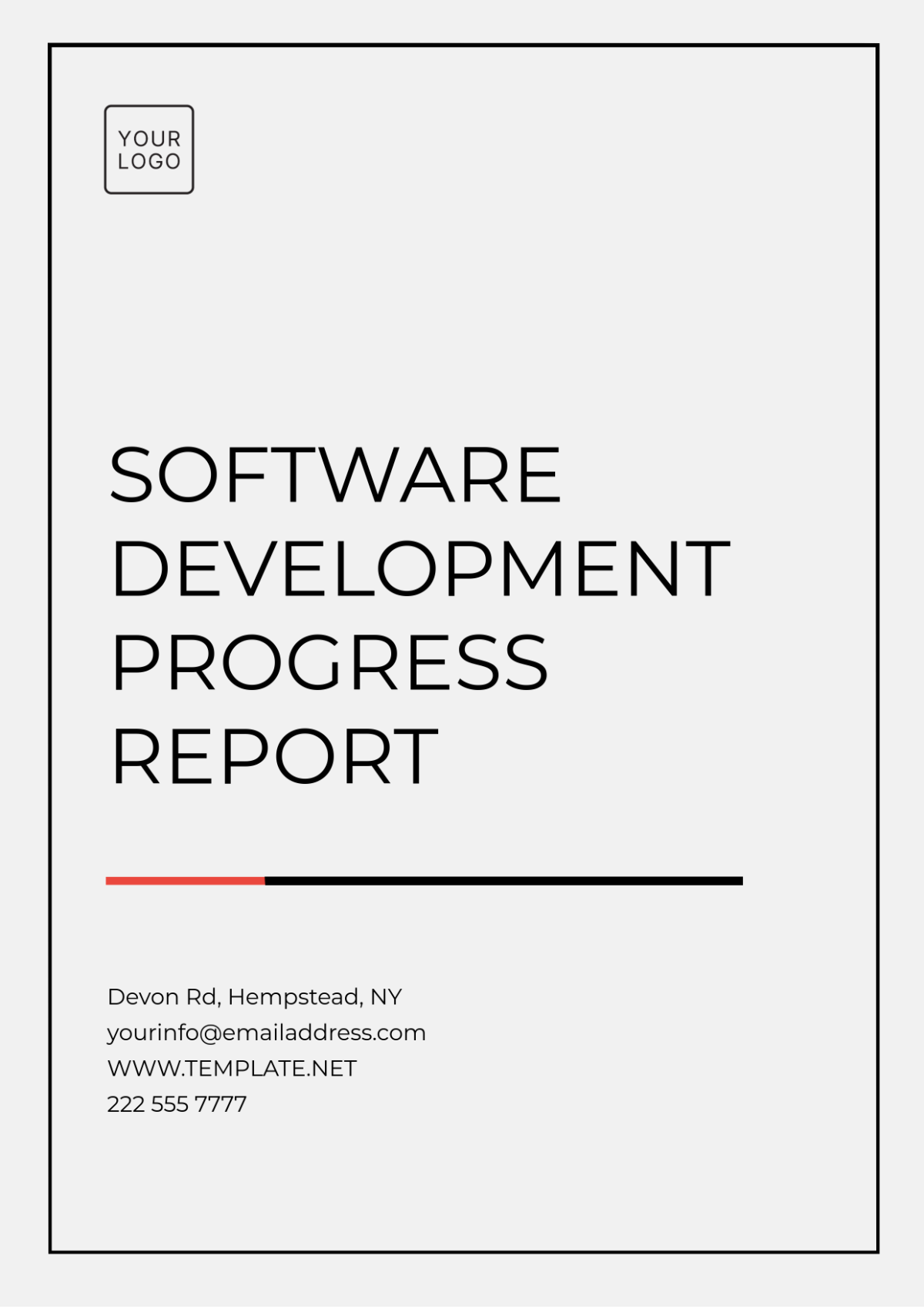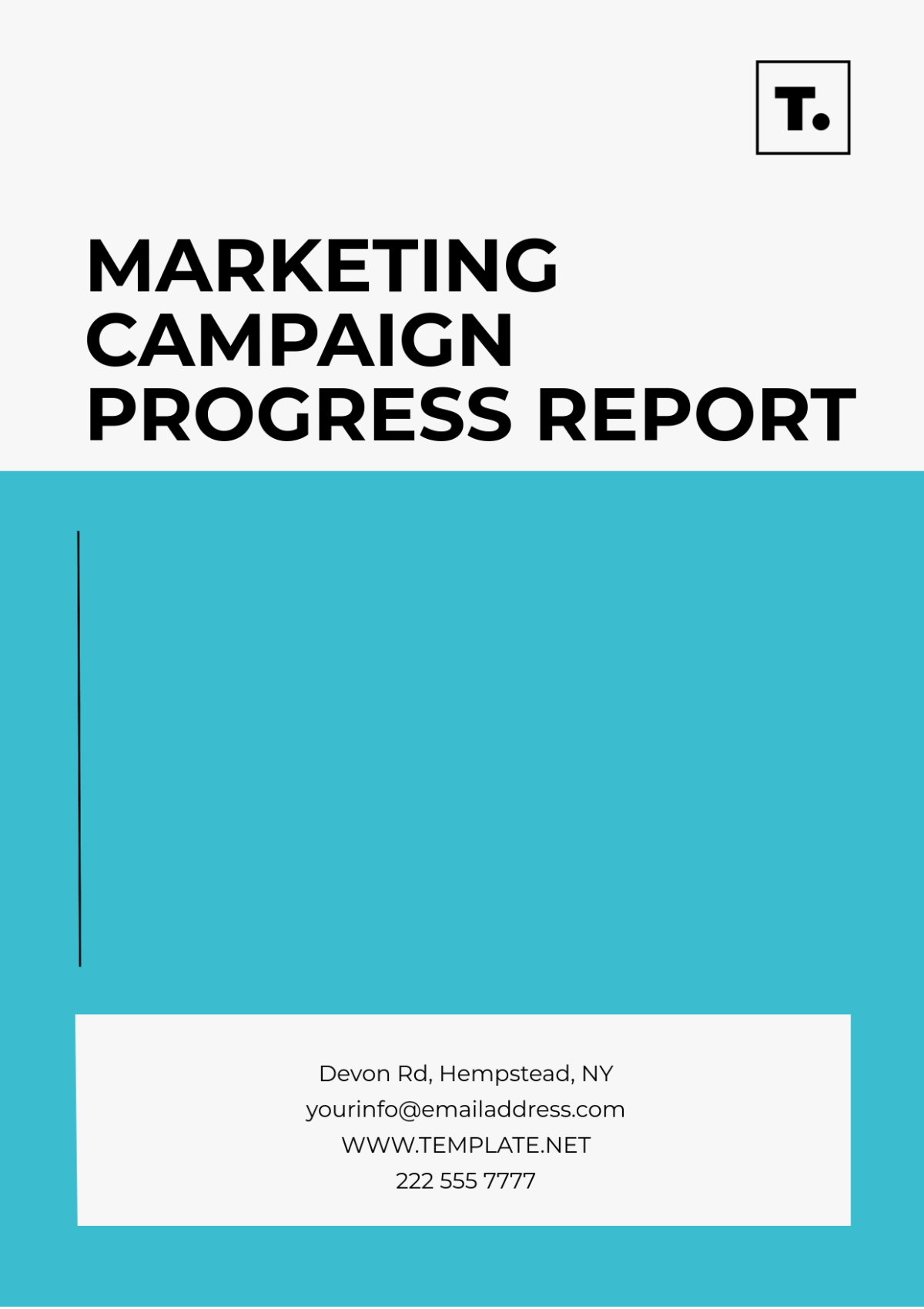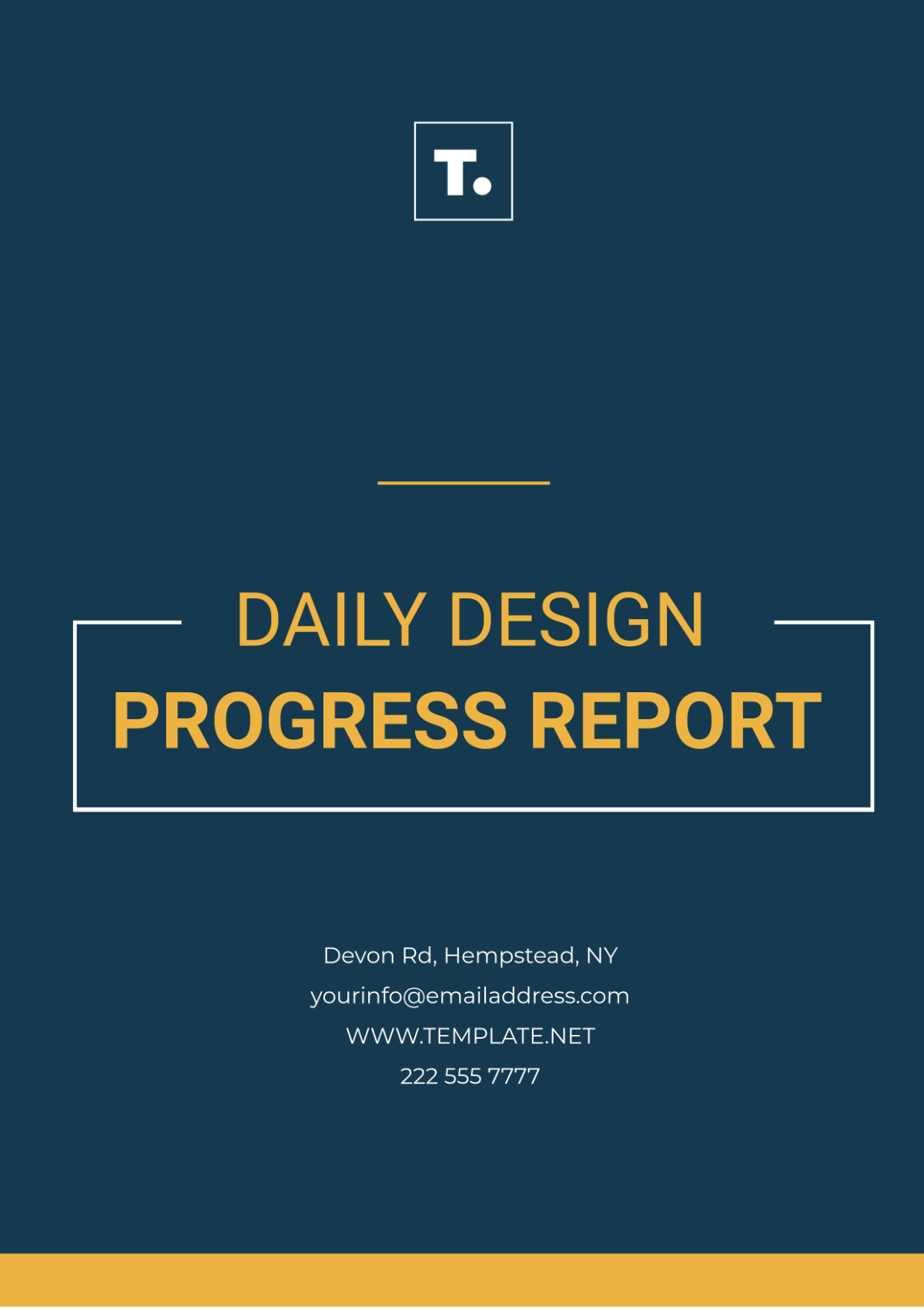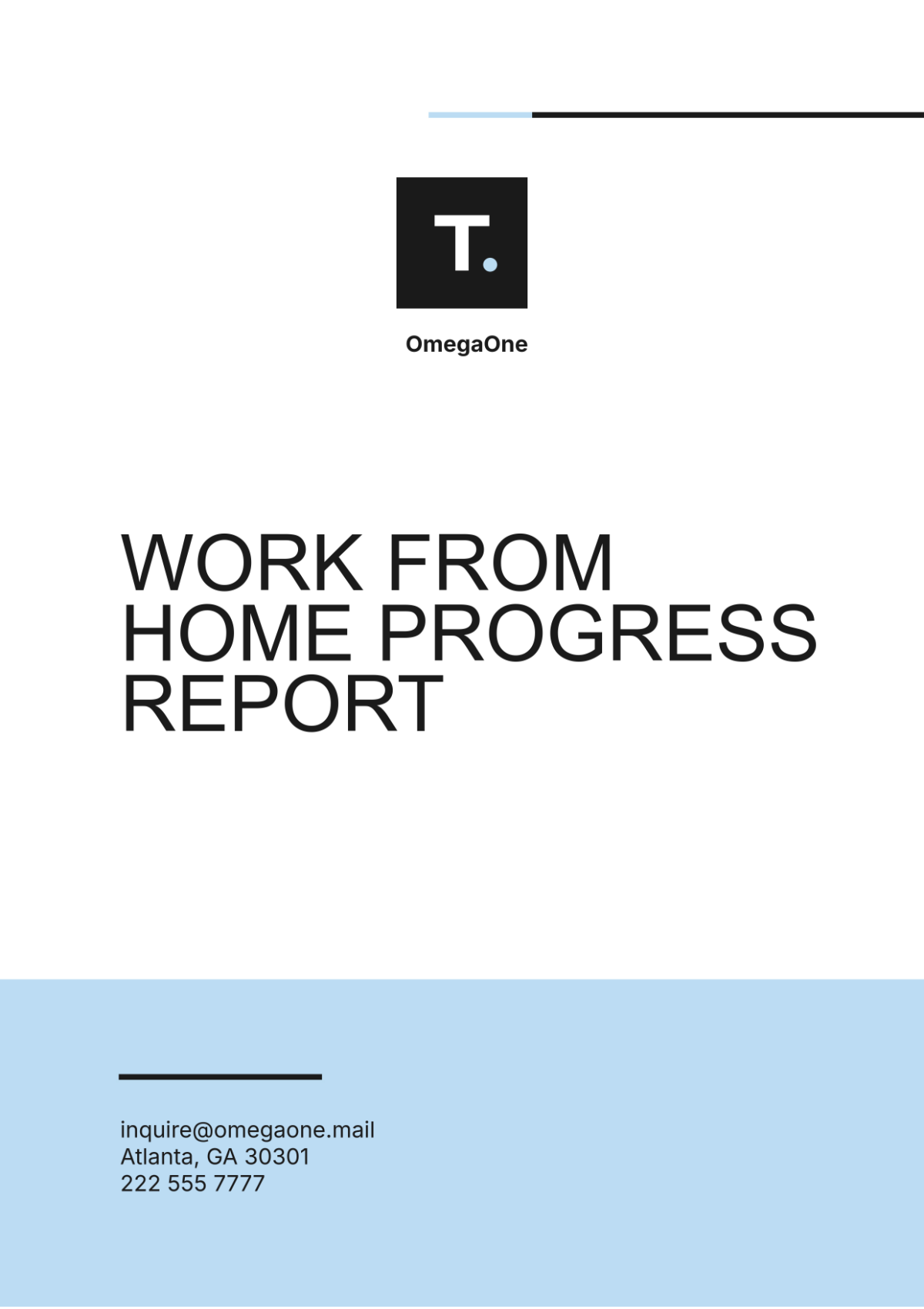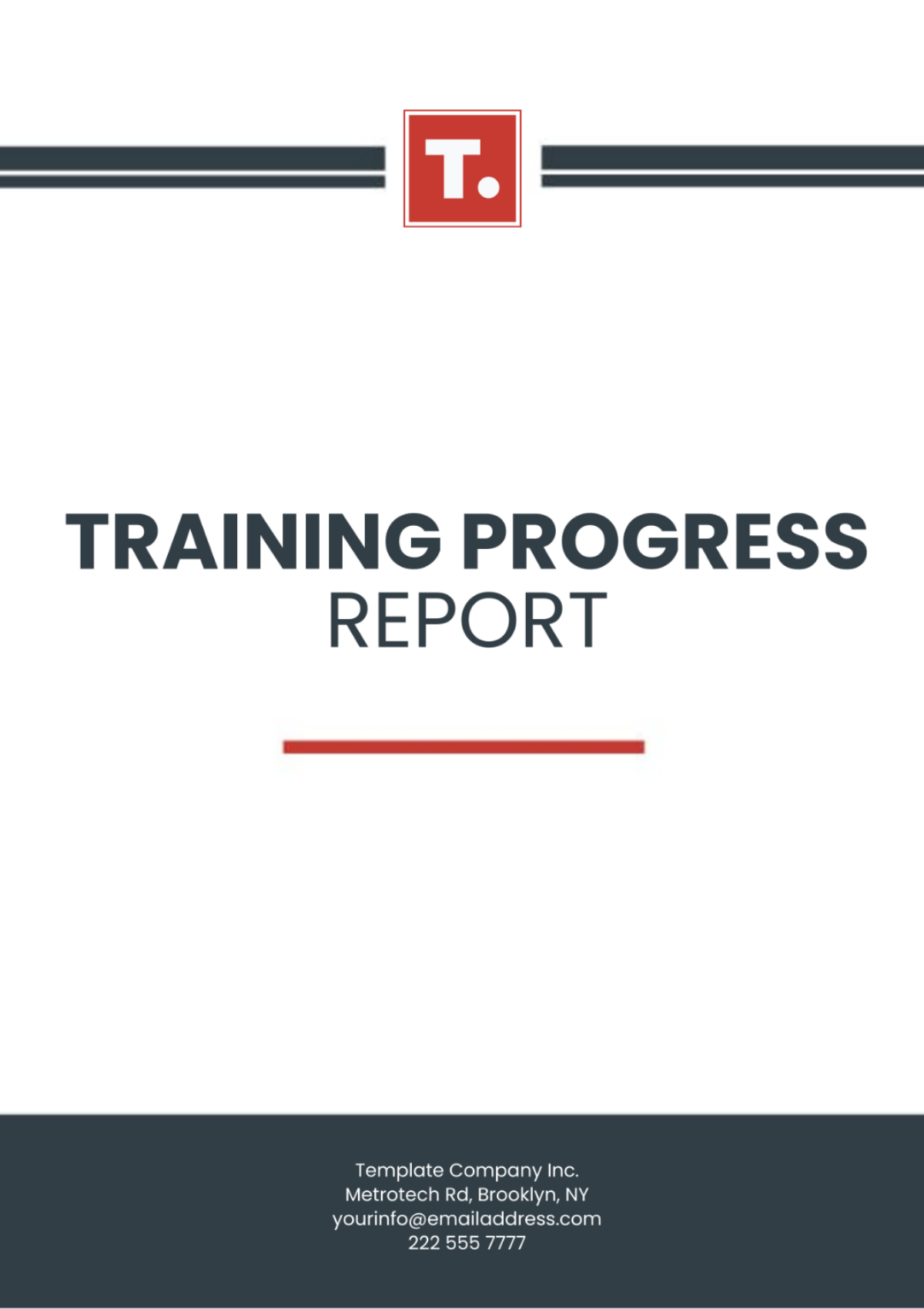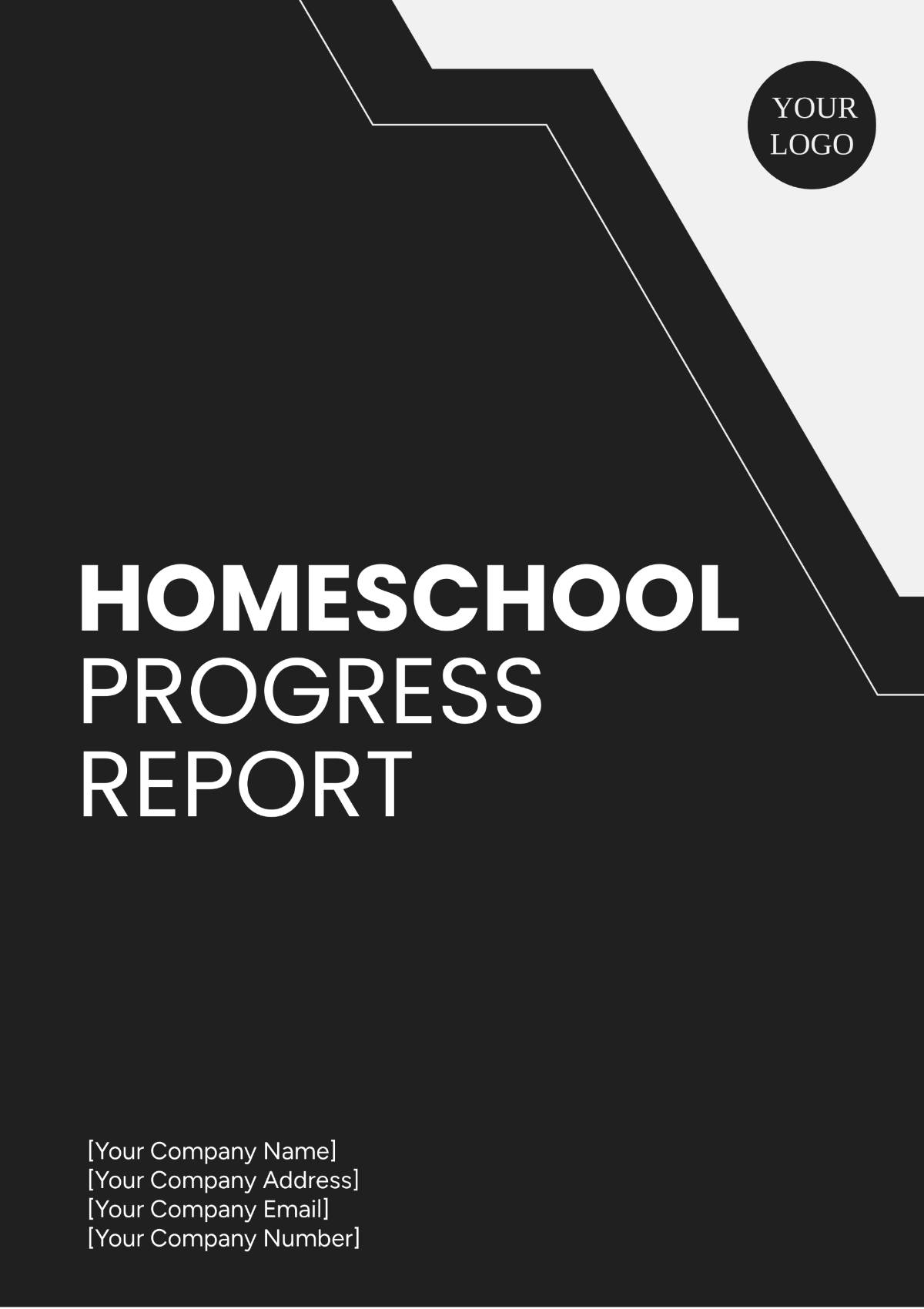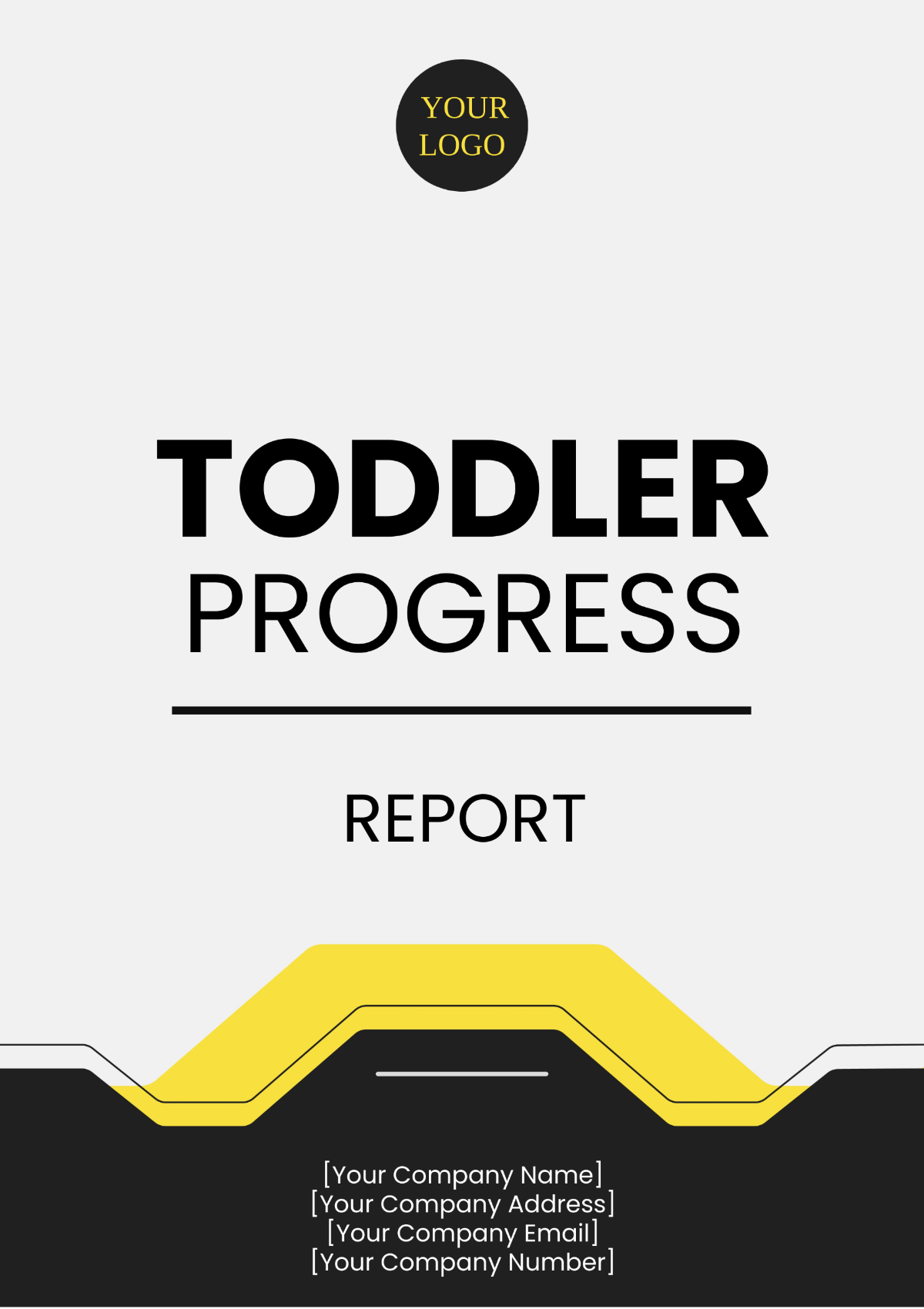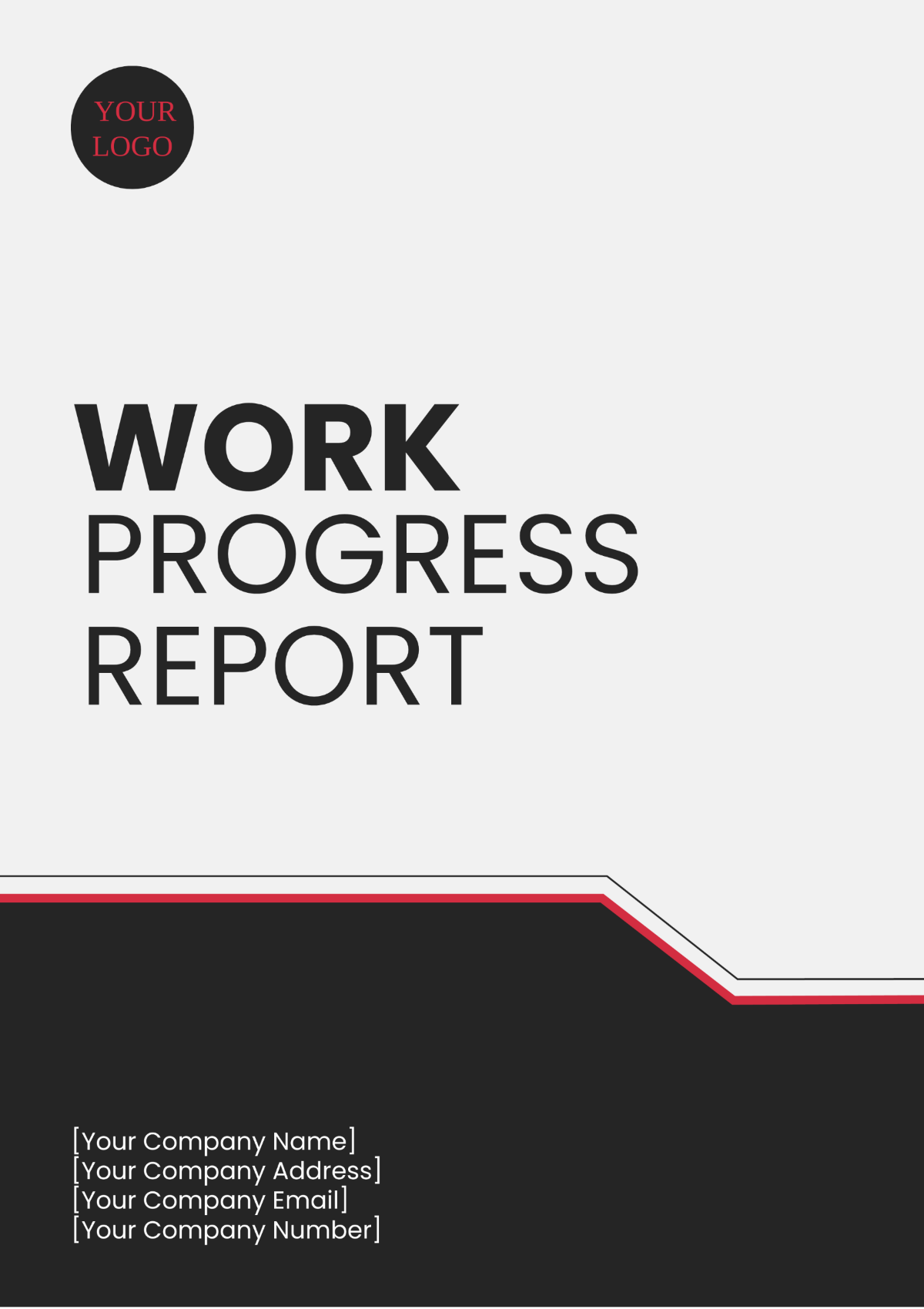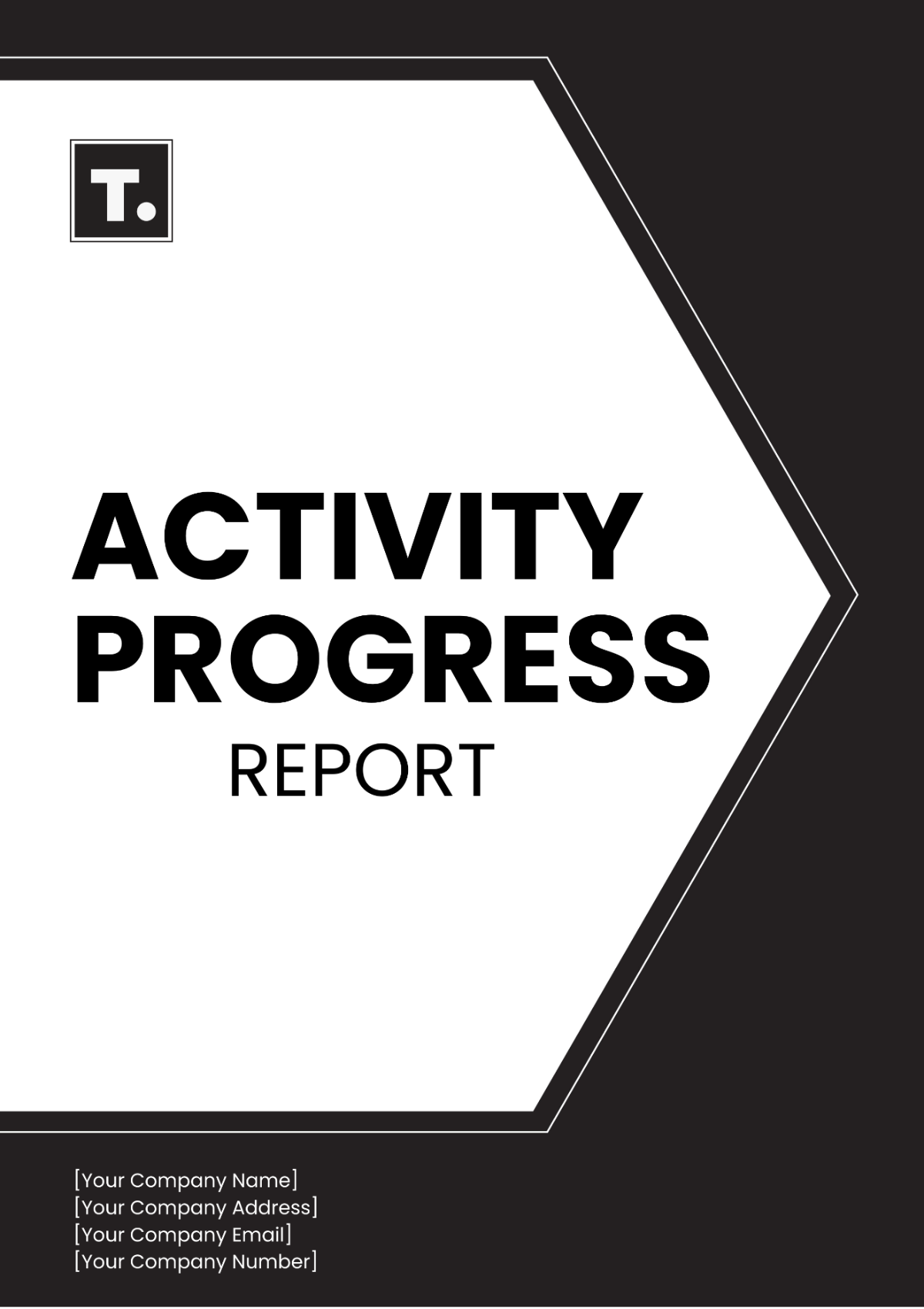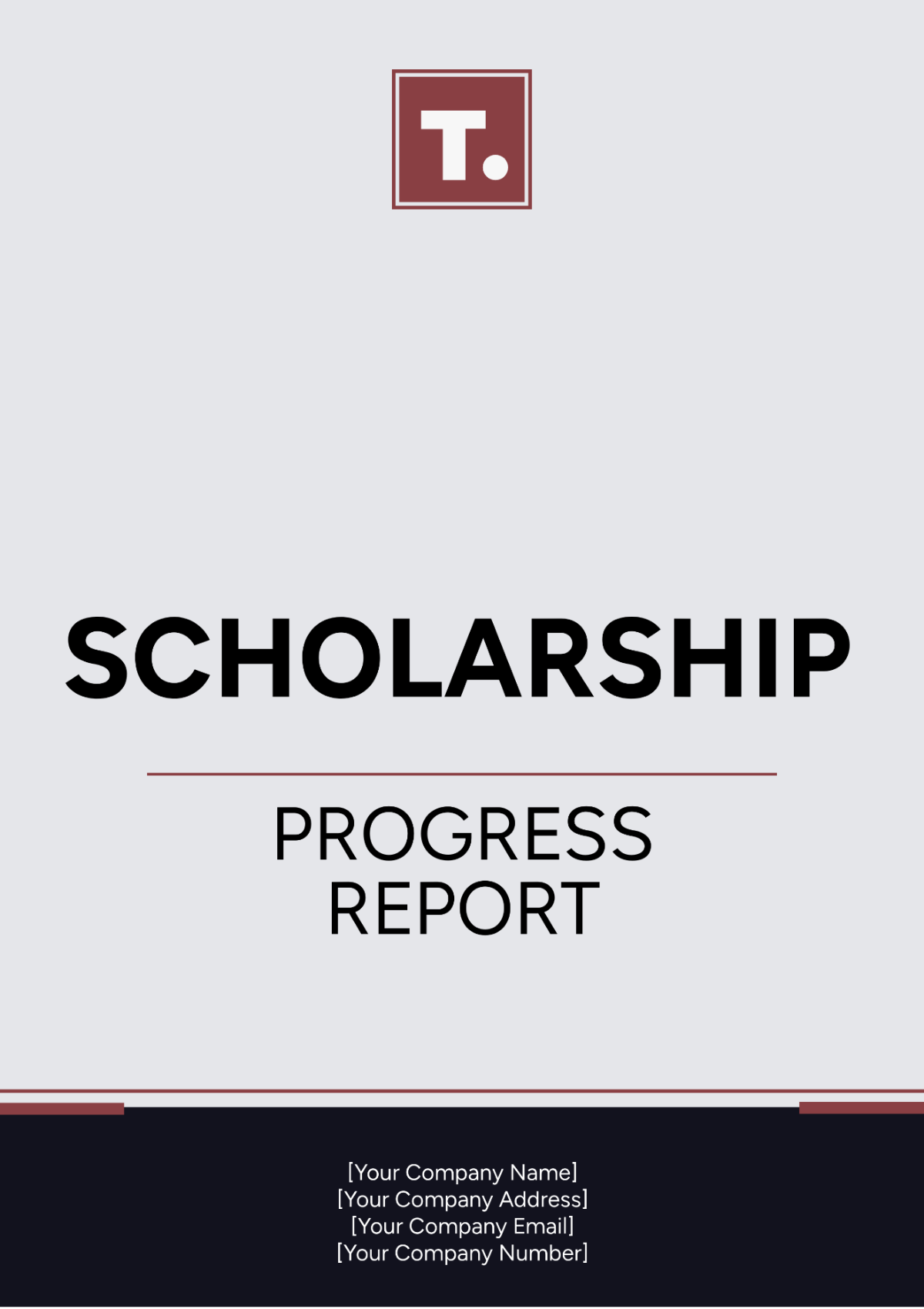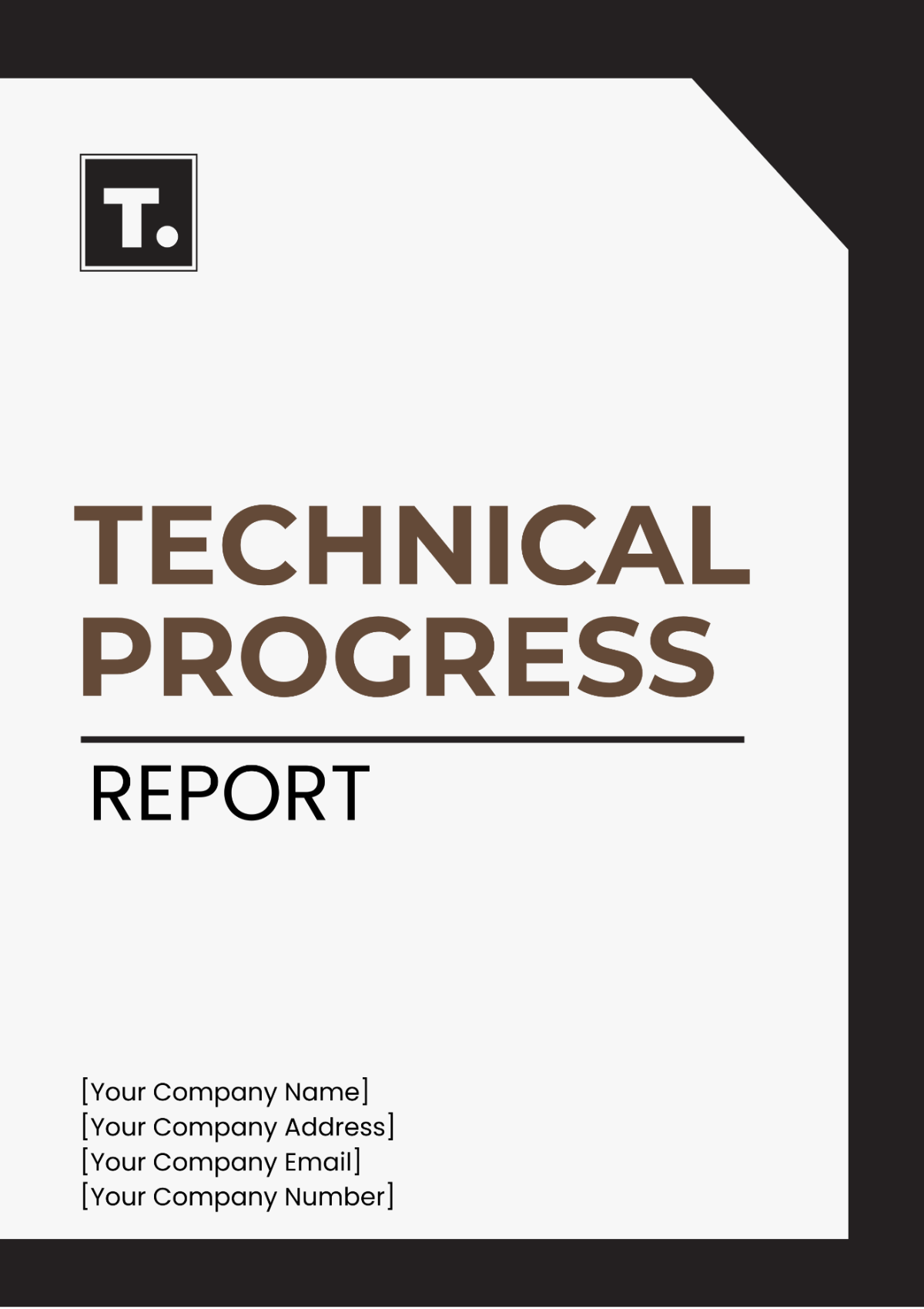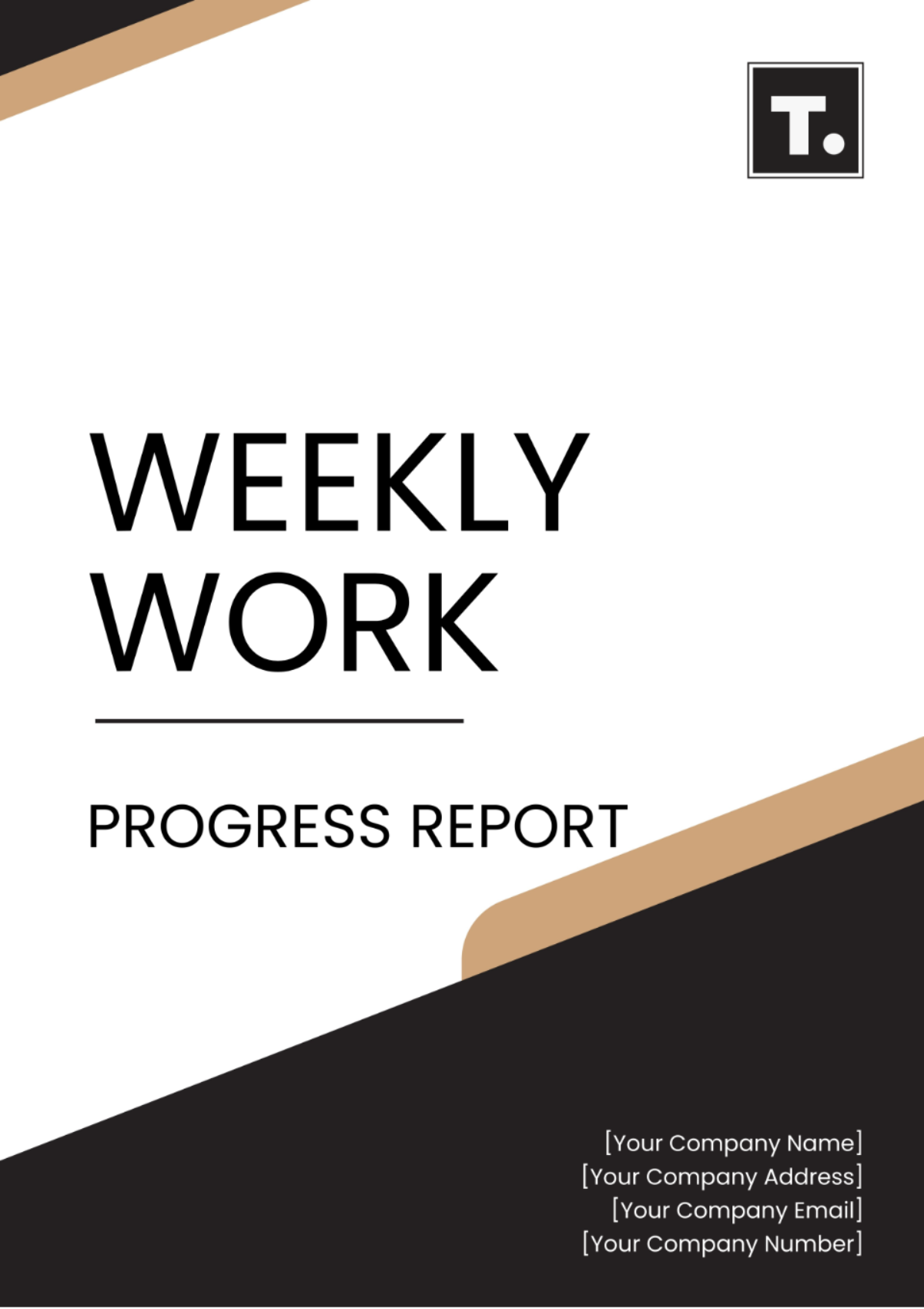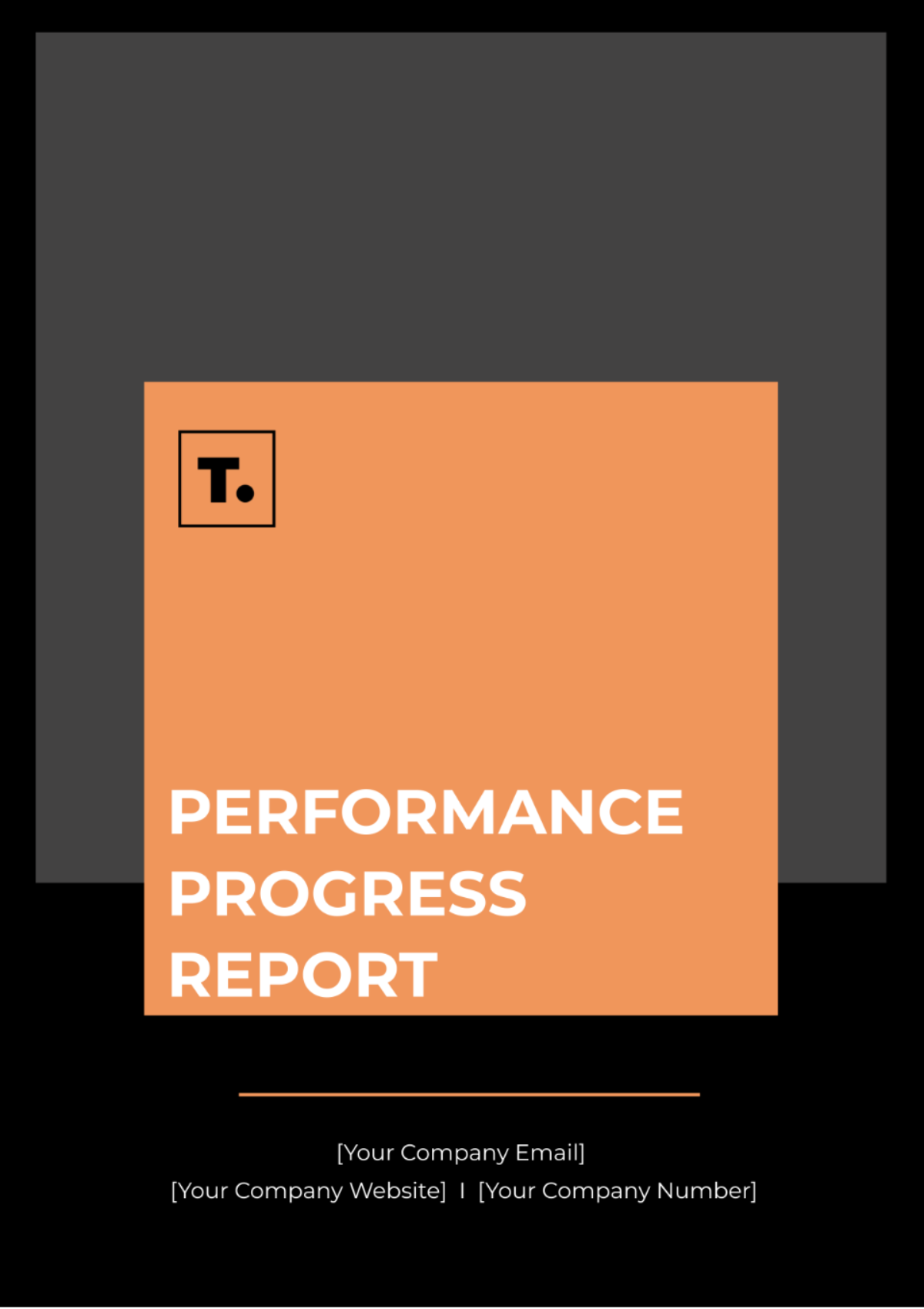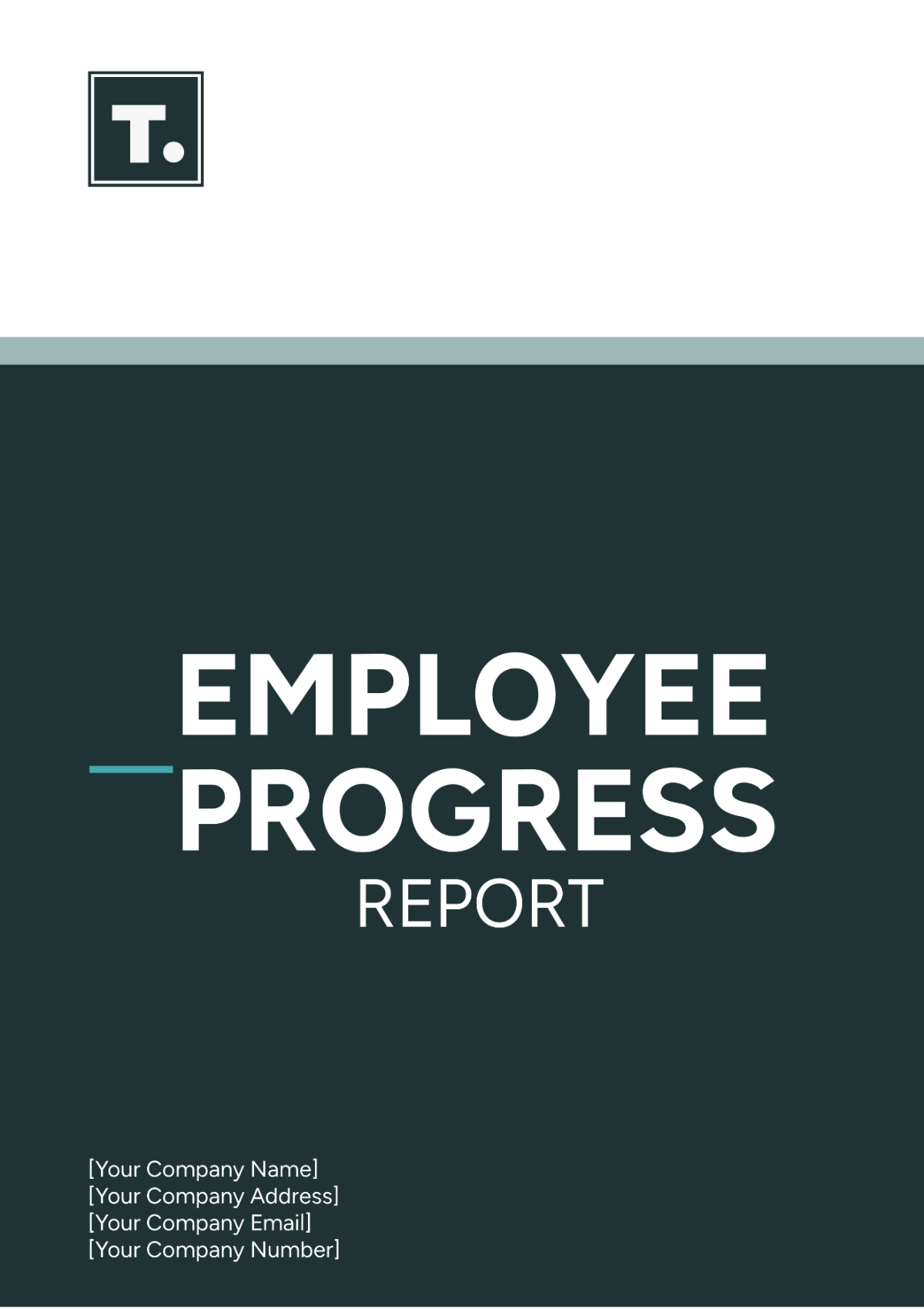Free Online Learning Progress Report Template
Online Learning Progress Report
I. Introduction
Online learning has emerged as a pivotal component of education in recent years, enabling learners to access quality educational resources from the comfort of their own homes or any location of their choice. This flexibility accommodates diverse lifestyles, making education more accessible to a broader audience. The purpose of this report is to provide a detailed analysis of student performance, engagement, and overall learning outcomes for the year [2050]. This comprehensive report, prepared by [Your Company Name], encapsulates the learning progress of students from January [2050] to December [2050]. It includes extensive data on assessments, course completion rates, learner engagement metrics, and the feedback collected from students. The report is structured into multiple sections to provide a holistic view of the learning experience, highlighting achievements and areas for improvement.
The rise of online education platforms has led to an increasing demand for quality educational resources, emphasizing the need for continuous improvement in course offerings and delivery methods. This report not only aims to evaluate the current status of online learning at [Your Company Name] but also to lay the groundwork for strategic planning and enhancements in future offerings.
II. Course Completion Overview
A. Total Courses Offered
In the year [2050], [Your Company Name] successfully launched a total of [250] courses, covering a wide range of subjects across various disciplines. This diversity ensures that learners can find courses tailored to their specific interests and career goals. The following table provides a breakdown of the courses based on their respective categories, highlighting the significant variety and scope of offerings:
Category | Number of Courses Offered | Description |
|---|---|---|
Technology | 75 | Courses in programming, data science, and web development. |
Business | 50 | Includes marketing, management, and finance courses. |
Health Sciences | 45 | Focused on nursing, public health, and healthcare management. |
Arts | 30 | Encompasses visual arts, performing arts, and design. |
Other Disciplines | 50 | Covers miscellaneous subjects like humanities and social sciences. |
Total | 250 |
These courses range in complexity from introductory to advanced levels, catering to a wide range of learners with different educational backgrounds and career aspirations. Each course was meticulously designed to align with industry standards and the evolving demands of the job market. By offering a diverse selection of courses, [Your Company Name] aims to equip learners with the skills needed to succeed in their respective fields.
B. Course Completion Rates
The overall course completion rate serves as a critical metric for evaluating learner success and the effectiveness of course delivery. In [2050], [Your Company Name] achieved an impressive average course completion rate of [68]%. This figure is derived from the number of learners who successfully completed their courses divided by the total number of enrolled learners, showcasing the effectiveness of our instructional methods and learner support systems.
Category | Completion Rate (%) | Comments on Performance |
|---|---|---|
Technology | 72% | High engagement and interactive elements contributed. |
Business | 65% | Lower than expected; some learners reported course difficulty. |
Health Sciences | 63% | Rigorous curriculum necessitated more support for learners. |
Arts | 70% | Strong completion rates attributed to creative projects. |
Other Disciplines | 60% | Varied engagement levels; potential for more interactive content. |
Overall Average | 68% |
1. Factors Affecting Completion Rates
Several factors influenced these completion rates, including course difficulty, learner engagement, and instructor support. Courses in the Technology and Arts categories had notably higher completion rates, primarily due to the incorporation of hands-on projects, engaging multimedia resources, and interactive learning modules that kept learners motivated. Conversely, the Health Sciences category exhibited lower completion rates, attributed to the rigorous nature of the material, which often requires in-depth study and practical application.
Additionally, demographic factors such as age, educational background, and professional experience may have also impacted completion rates. Younger learners, particularly those with prior exposure to technology, found it easier to navigate online learning environments. In contrast, older learners may have faced challenges adapting to new technologies, which could have affected their engagement and course completion.
2. Completion Trends Over Time
Completion rates displayed a consistent upward trend in the second half of the year, peaking in July and November [2050]. This increase can be linked to several promotional initiatives, including mid-year campaigns designed to encourage learners to complete their courses and earn certifications. Such initiatives included targeted email reminders, social media campaigns, and the introduction of incentives such as discount vouchers for subsequent courses. The following chart illustrates the monthly completion rates throughout the year:
Month | Completion Rate (%) |
|---|---|
January | 62% |
February | 63% |
March | 65% |
April | 66% |
May | 67% |
June | 68% |
July | 73% |
August | 69% |
September | 70% |
October | 68% |
November | 74% |
December | 72% |
This steady increase not only reflects the impact of the promotional initiatives but also indicates that learners were becoming more comfortable with online learning environments, contributing to higher completion rates as the year progressed.
III. Learner Engagement
Learner engagement is a key indicator of the effectiveness and quality of online learning. This section delves into various engagement metrics tracked by [Your Company Name], providing insights into how students interacted with course materials, instructors, and peers throughout the year.
A. Learning Hours Logged
One of the primary engagement metrics is the number of learning hours logged by students. During the year [2050], a remarkable total of [3,500,000] hours were recorded across all learners on the platform. This figure reflects the dedication and commitment of learners to their studies. The following breakdown shows the average learning hours logged by course category:
Category | Average Learning Hours per Learner | Total Learning Hours Logged |
|---|---|---|
Technology | 50 | 1,000,000 |
Business | 45 | 750,000 |
Health Sciences | 60 | 900,000 |
Arts | 35 | 420,000 |
Other Disciplines | 40 | 430,000 |
Overall Average | 46 | 3,500,000 |
The total learning hours reflect not only the time spent on core course materials but also engagement in supplementary activities such as discussion forums, collaborative projects, and interactive learning sessions.
Peak Engagement Periods
The highest levels of engagement were recorded in the months of March and September, coinciding with the release of new courses and significant learning content updates. During these months, learners logged approximately [500,000] hours collectively. This spike can be attributed to various factors, including the launch of new high-interest courses, the beginning of new terms, and ongoing promotional activities encouraging learners to participate more actively.
In addition to seasonal trends, data revealed that engagement was often higher among learners enrolled in courses with interactive components. These components, such as live sessions and real-time feedback, fostered a sense of community and accountability, driving learners to log more hours on the platform.
B. Interactive Sessions and Quizzes
Interactive learning sessions, such as webinars, group discussions, and live quizzes, significantly contributed to overall learner engagement. In [2050], a total of [5,000] interactive sessions were conducted, and learners participated in over [10,000] quizzes. The quiz completion rate was [80]%, indicating a high level of learner involvement and interest in assessing their knowledge. The table below summarizes the various types of interactive sessions held throughout the year:
Interactive Activity | Number Conducted | Participation Rate (%) | Average Satisfaction Rating (Out of 5) |
|---|---|---|---|
Webinars | 1,000 | 85% | 4.3 |
Group Discussions | 2,500 | 70% | 4.1 |
Quizzes | 10,000 | 80% | 4.5 |
Impact of Interactive Elements
Interactive elements such as live webinars and group discussions received positive feedback from learners. Many reported that these formats helped clarify complex topics and facilitated networking opportunities. The average satisfaction rating for webinars was notably high, reflecting learners' appreciation for the opportunity to interact with instructors and peers in real time.
Moreover, the variety of assessment formats, including quizzes and peer evaluations, contributed to maintaining learner interest and engagement. These assessments not only provided valuable feedback for learners but also allowed them to gauge their understanding and mastery of the material in a supportive environment.
C. Learner Feedback and Satisfaction
Feedback from learners is crucial for enhancing course content and delivery. Throughout the year, [Your Company Name] collected feedback from [60]% of enrolled students, ensuring that a diverse range of opinions was represented. The average learner satisfaction rating for the courses was [4.2] out of [5] stars, indicating a generally positive learning experience.
Course Category | Average Satisfaction Rating (Out of 5) | Percentage of Learners Who Provided Feedback (%) |
|---|---|---|
Technology | 4.5 | 65% |
Business | 4.1 | 55% |
Health Sciences | 3.8 | 70% |
Arts | 4.2 | 60% |
Other Disciplines | 4.0 | 50% |
Insights from Learner Feedback
While overall satisfaction was high, specific feedback highlighted areas for improvement. For instance, learners in the Health Sciences category expressed concerns regarding the intensity of the material and requested additional resources for support. In contrast, those enrolled in Technology courses praised the practical projects and industry-relevant content.
To address these concerns, [Your Company Name] initiated a review of the Health Sciences curriculum to enhance support materials and introduce supplementary tutoring sessions for learners who may need extra assistance. Furthermore, ongoing surveys and feedback mechanisms will continue to be utilized to ensure that the courses remain aligned with learner expectations and industry needs.
IV. Certifications and Achievements
Certifications serve as a tangible acknowledgment of learners' accomplishments and the skills they have acquired through their coursework. The year [2050] marked a significant milestone, with a total of [150,000] certifications awarded across all course categories, representing a [15]% increase from the previous year.
A. Breakdown of Certifications by Course Category
The following table outlines the number of certifications awarded per category, reflecting the popularity and demand for specific subjects among learners:
Course Category | Certifications Awarded | Percentage of Total Certifications (%) |
|---|---|---|
Technology | 60,000 | 40% |
Business | 30,000 | 20% |
Health Sciences | 25,000 | 17% |
Arts | 20,000 | 13% |
Other Disciplines | 15,000 | 10% |
Total | 150,000 | 100% |
The Technology category continues to dominate in terms of certifications awarded, underscoring the high demand for tech-related skills in the job market. This trend is indicative of broader industry shifts towards digital transformation and automation, leading many learners to pursue certifications in fields like data analytics, programming, and cloud computing.
Implications of Certification Trends
The increase in certifications awarded not only highlights learners' dedication but also reflects [Your Company Name]'s ability to align its offerings with the needs of the workforce. Many employers actively seek candidates with validated skills, making these certifications valuable assets for job seekers.
In response to the growing demand for certifications in emerging fields, [Your Company Name] is committed to continuously updating course content and expanding offerings to include relevant topics. This approach ensures that learners can acquire the skills that are most sought after by employers in various industries.
B. Alumni Success Stories
To celebrate the achievements of our learners, [Your Company Name] has begun showcasing alumni success stories. These stories provide inspiration to current students and highlight the real-world applications of the knowledge and skills gained through our courses. Some notable success stories from [2050] include:
John Smith - A graduate of the Data Science program who secured a position as a Data Analyst at a leading tech firm. John leveraged his certification to demonstrate his skills in data manipulation and visualization, leading to a [20]% salary increase.
Maria Garcia - An alumna from the Health Sciences program who went on to work as a Public Health Coordinator for a government agency. Maria credited her certification for opening doors to professional opportunities in her field.
Alex Johnson - A student from the Business category who launched a successful startup focused on eco-friendly products. Alex utilized the knowledge gained in entrepreneurship courses to establish a viable business model.
These stories exemplify how the skills acquired through online learning can lead to transformative career advancements and success in various fields.
V. Financial Performance
Financial performance is a crucial indicator of the overall health and sustainability of an online learning organization. In [2050], [Your Company Name] reported impressive financial results, generating total revenue of [$50,000,000]. This revenue reflects an increase of [12]% compared to the previous year and is attributed to an increase in enrollments, the introduction of new courses, and strategic partnerships.
A. Revenue Breakdown by Course Category
The following table outlines the revenue generated by each course category, illustrating the financial contributions of different disciplines to the overall revenue:
Category | Revenue Generated ($) | Percentage of Total Revenue (%) |
|---|---|---|
Technology | $20,000,000 | 40% |
Business | $10,000,000 | 20% |
Health Sciences | $8,000,000 | 16% |
Arts | $6,000,000 | 12% |
Other Disciplines | $6,000,000 | 12% |
Total | $50,000,000 | 100% |
Growth Drivers
Key factors contributing to this revenue growth include the launch of new certification programs, targeted marketing campaigns, and partnerships with leading organizations in the technology and health sectors. The demand for specialized courses, particularly in emerging technologies such as artificial intelligence, machine learning, and data science, significantly contributed to increased enrollments. Furthermore, collaborative initiatives with industry leaders have enhanced the credibility and visibility of [Your Company Name] within the online learning space.
B. Projected Financial Outlook for [2051] and Beyond
Looking ahead, the financial outlook for [Your Company Name] remains optimistic. The ongoing demand for online education, coupled with our strategic initiatives to enhance course offerings and improve learner engagement, positions the organization for continued growth. Projected revenue for [2051] is expected to reach approximately [$60,000,000], representing a [20]% increase over the previous year. This projection is based on several key factors:
Expanded Course Offerings: The introduction of advanced courses in growing sectors such as cybersecurity and renewable energy is anticipated to attract more learners.
Enhanced Marketing Strategies: Implementing targeted marketing campaigns to reach prospective learners, especially in emerging markets, will drive enrollment growth.
Strengthened Industry Partnerships: Collaborations with corporations and educational institutions will facilitate the development of custom programs tailored to workforce needs.
Continued Focus on Learner Support: Investing in resources that enhance learner support, such as mentoring programs and academic advising, will improve retention rates and, consequently, revenue.
VI. Conclusion and Recommendations
The year [2050] marked a significant period of growth and success for [Your Company Name] in delivering quality online learning experiences. Key achievements include a [68]% course completion rate, [150,000] certifications awarded, and [$50,000,000] in revenue generated. However, there are opportunities for improvement in areas such as mobile platform optimization, expanding course offerings in high-demand fields, and increasing instructor support in more challenging courses like Health Sciences.
A. Recommendations for Future Improvements
To sustain momentum and continue to enhance the online learning experience, the following recommendations are proposed:
Enhanced Mobile Compatibility: Address learner feedback by improving the functionality of the platform on mobile devices. Ensuring that learners can access content seamlessly from any device will enhance user experience and drive engagement.
Additional Support for Difficult Courses: Implement more robust support mechanisms, such as tutoring services and additional resources, for courses with lower completion rates, especially in the Health Sciences category. Providing supplemental instructional materials and access to industry professionals as guest lecturers may also be beneficial.
Increase Learner Engagement: Introduce gamification elements to boost engagement, particularly in categories with lower participation rates, such as Business and Other Disciplines. Elements such as leaderboards, rewards for course completion, and interactive challenges could encourage learners to participate more actively.
Expand Course Offerings: Continuously assess market trends to introduce more advanced courses in growing sectors, including AI, cybersecurity, and renewable energy. Collaborating with industry experts to create relevant and timely content will ensure the organization stays competitive in the online learning space.
Regular Assessment and Feedback: Establish a framework for regular assessment of course effectiveness, incorporating learner feedback to make necessary adjustments. This approach will enhance the overall quality of courses and ensure they meet learner needs and industry standards.
[Your Company Name] continues to demonstrate its commitment to providing high-quality, accessible education to learners around the world. By addressing areas for improvement and capitalizing on growth opportunities, the organization is well-positioned for continued success in the coming years. Leveraging the lessons learned from [2050], [Your Company Name] can build on its achievements, ensuring that it remains a leader in the online education sector while delivering meaningful learning experiences to its diverse student population.

